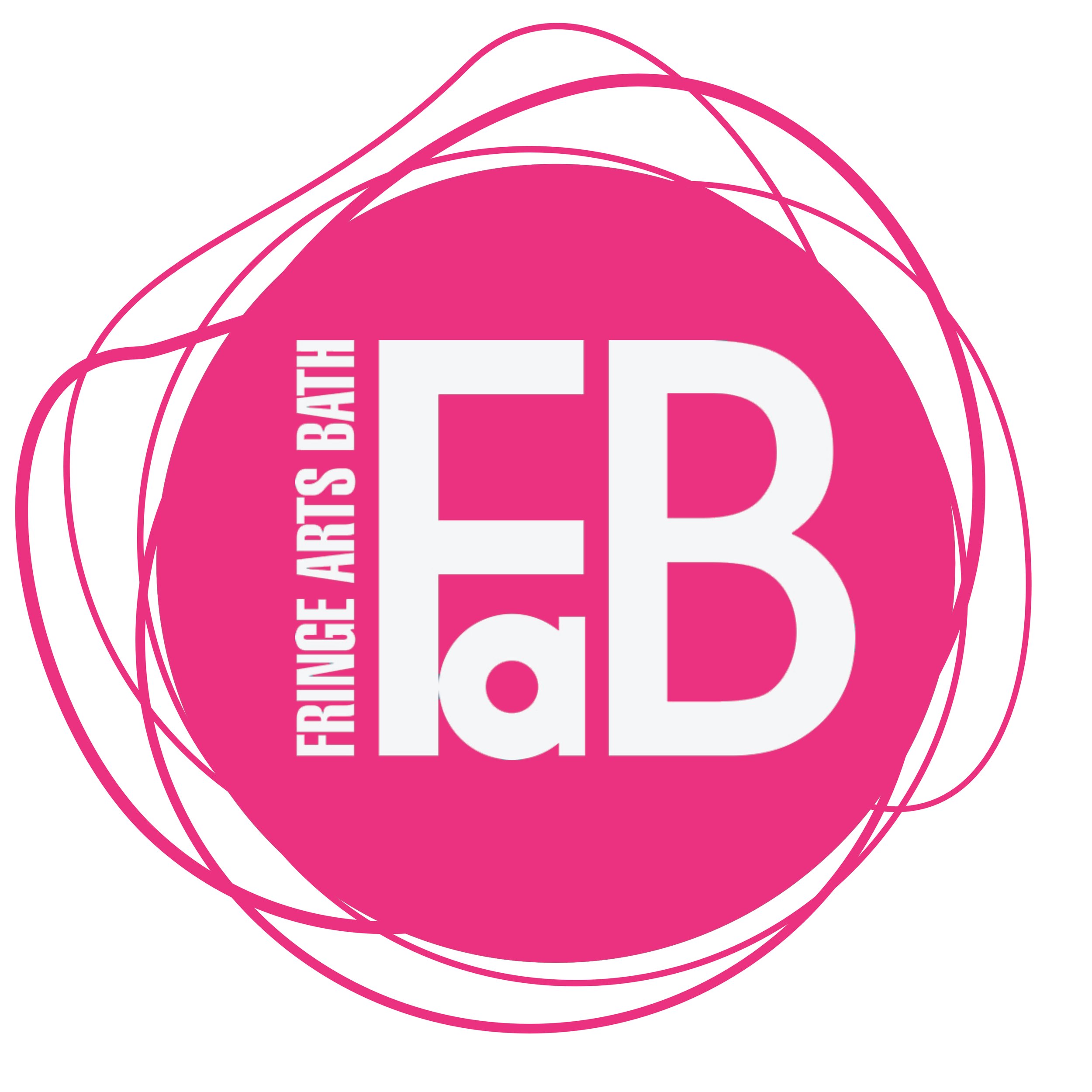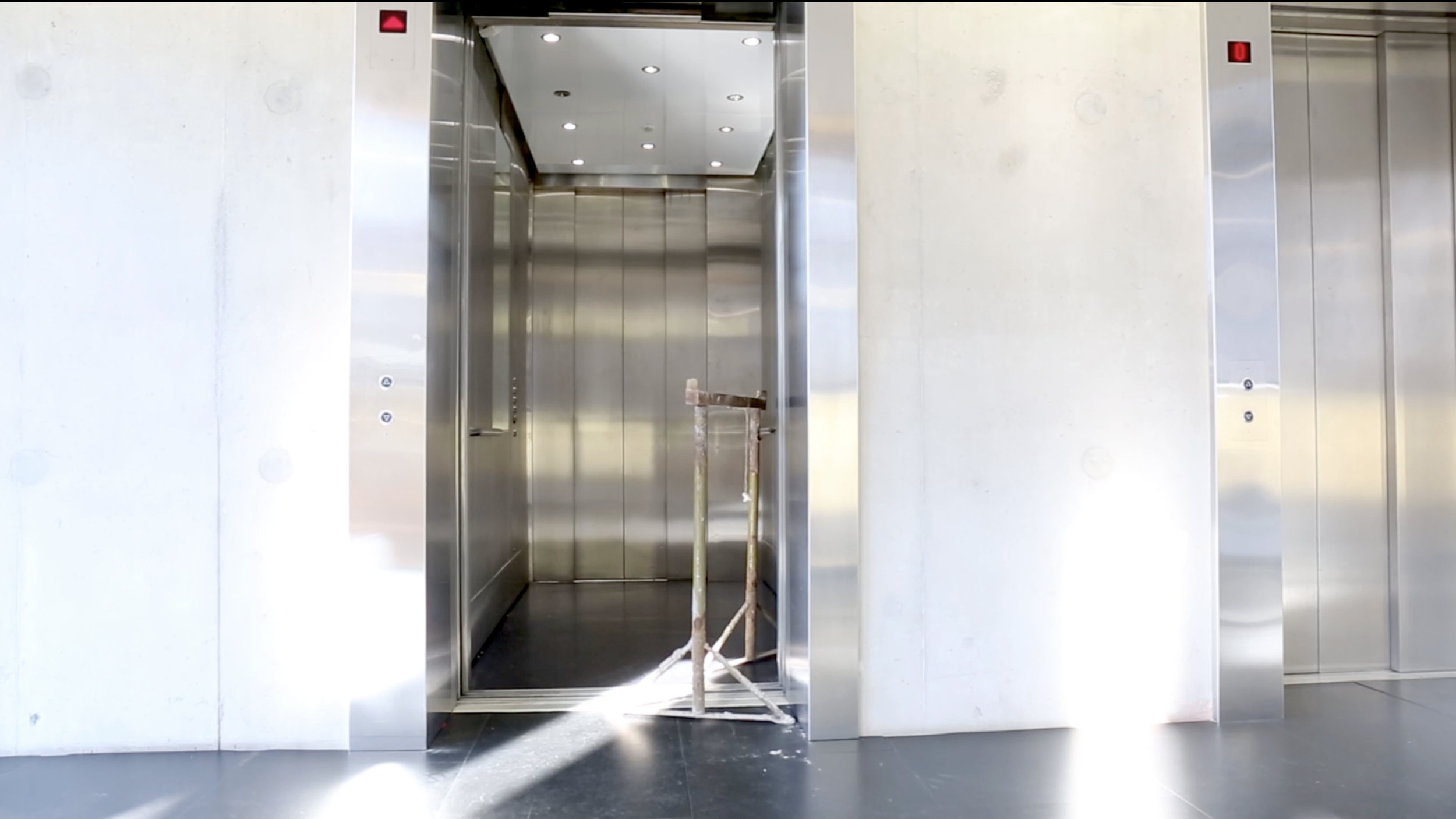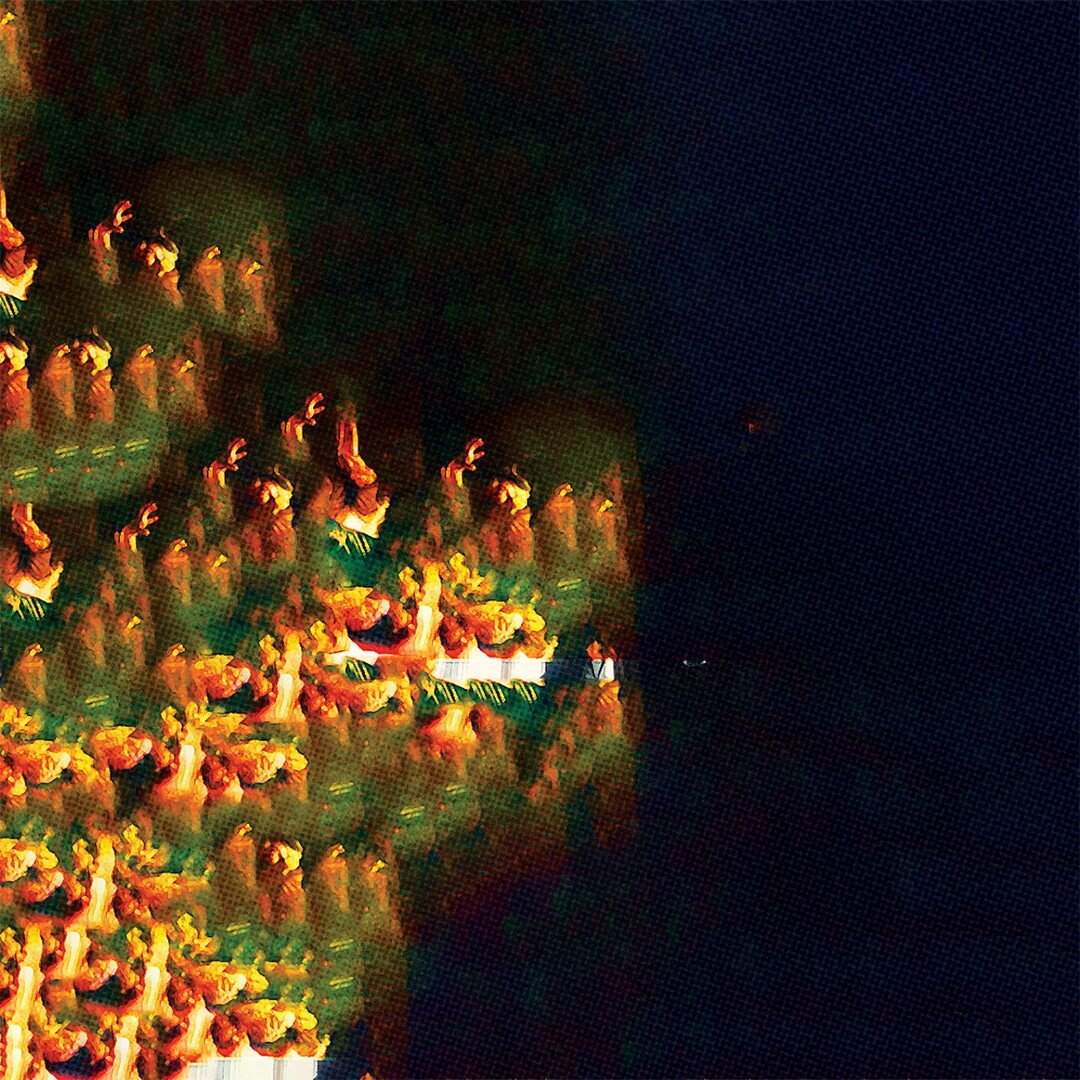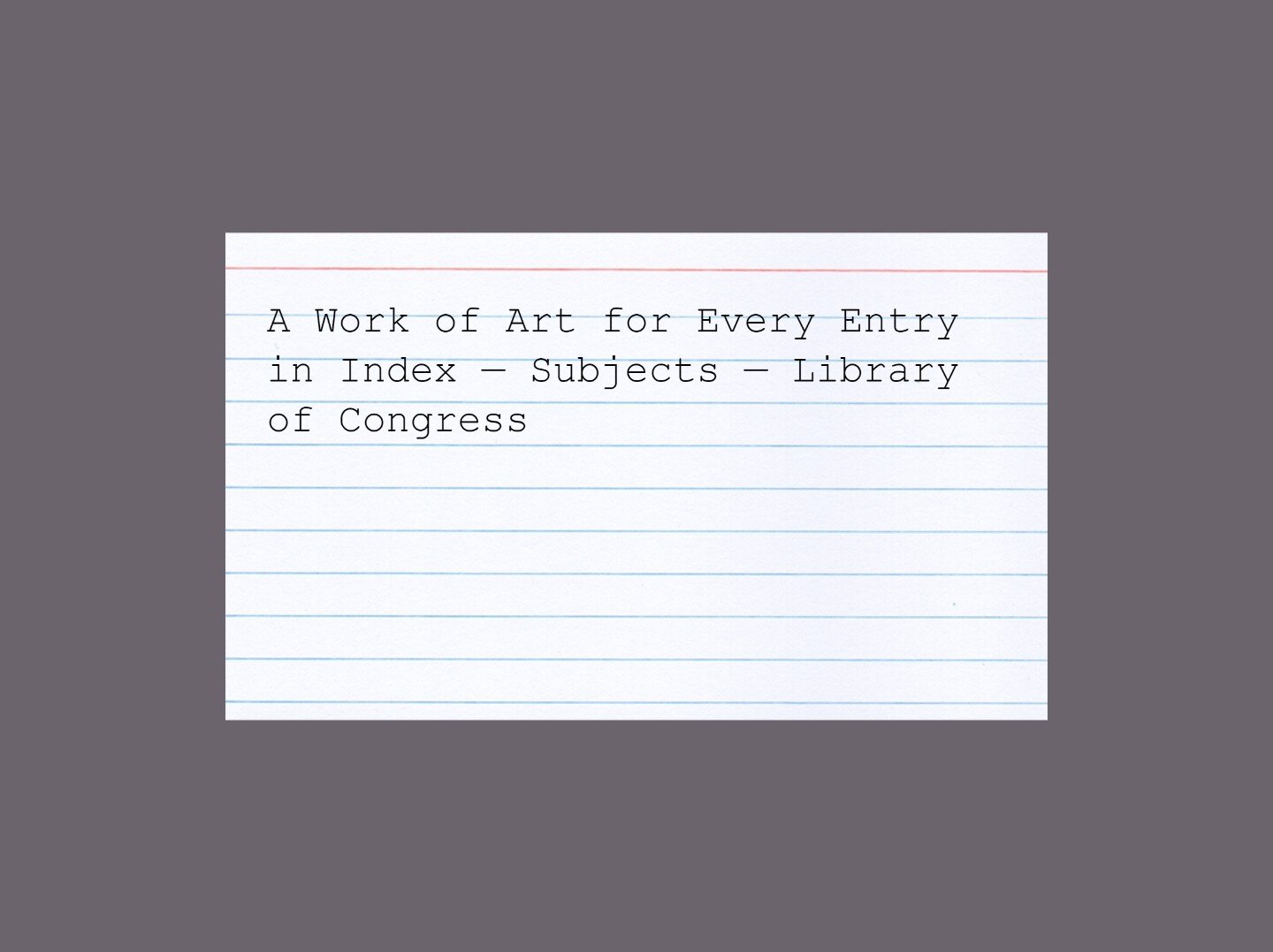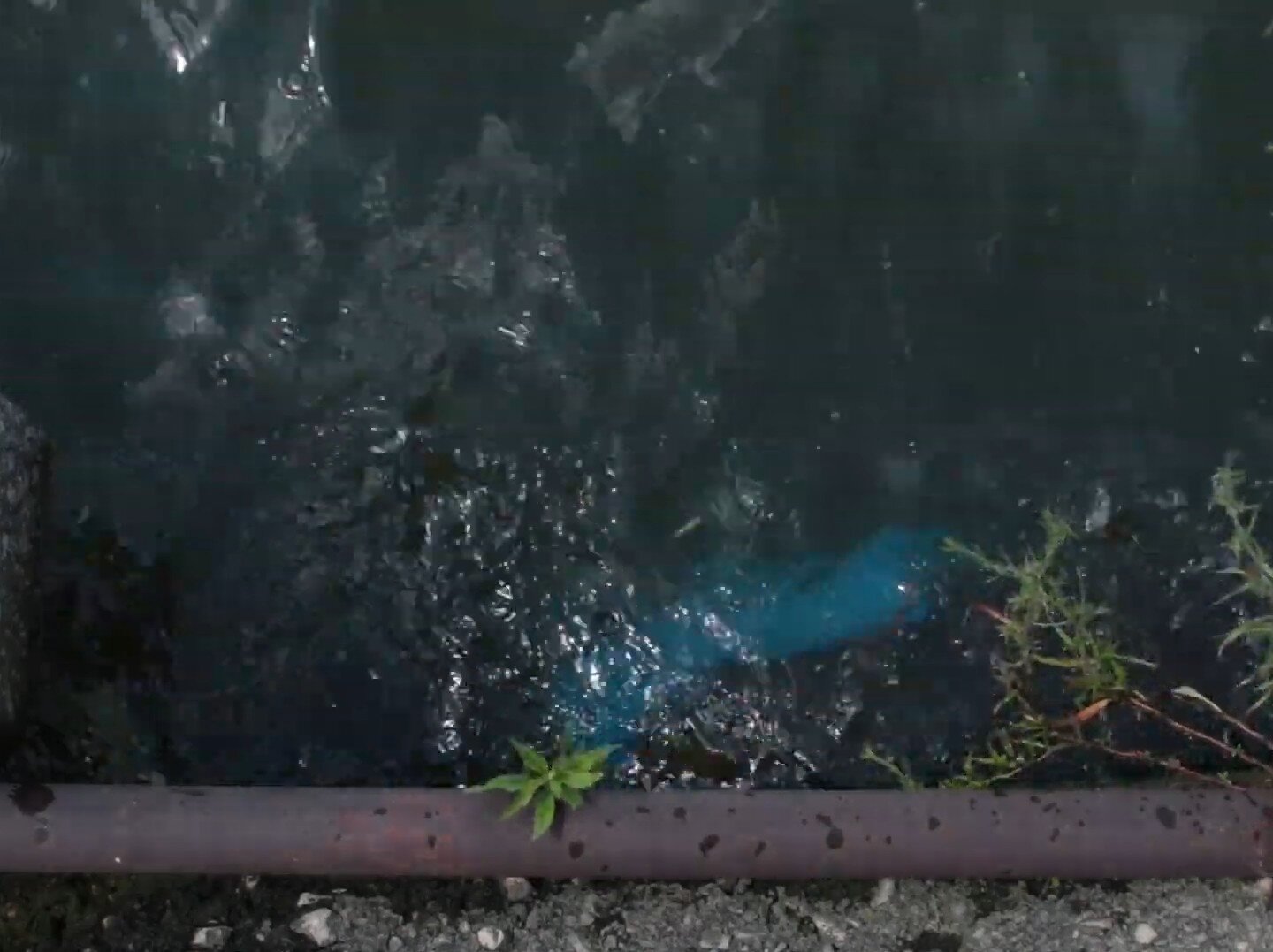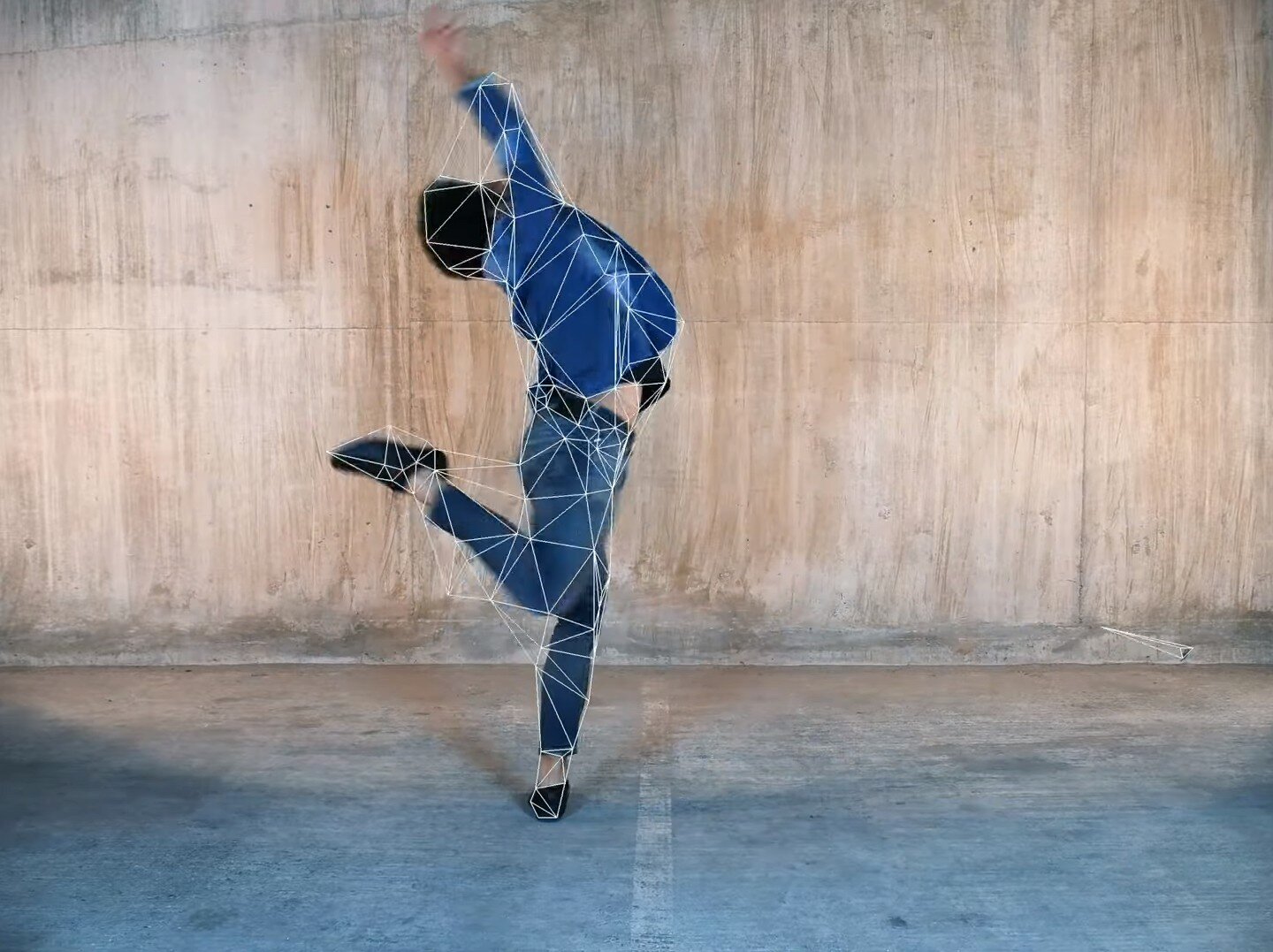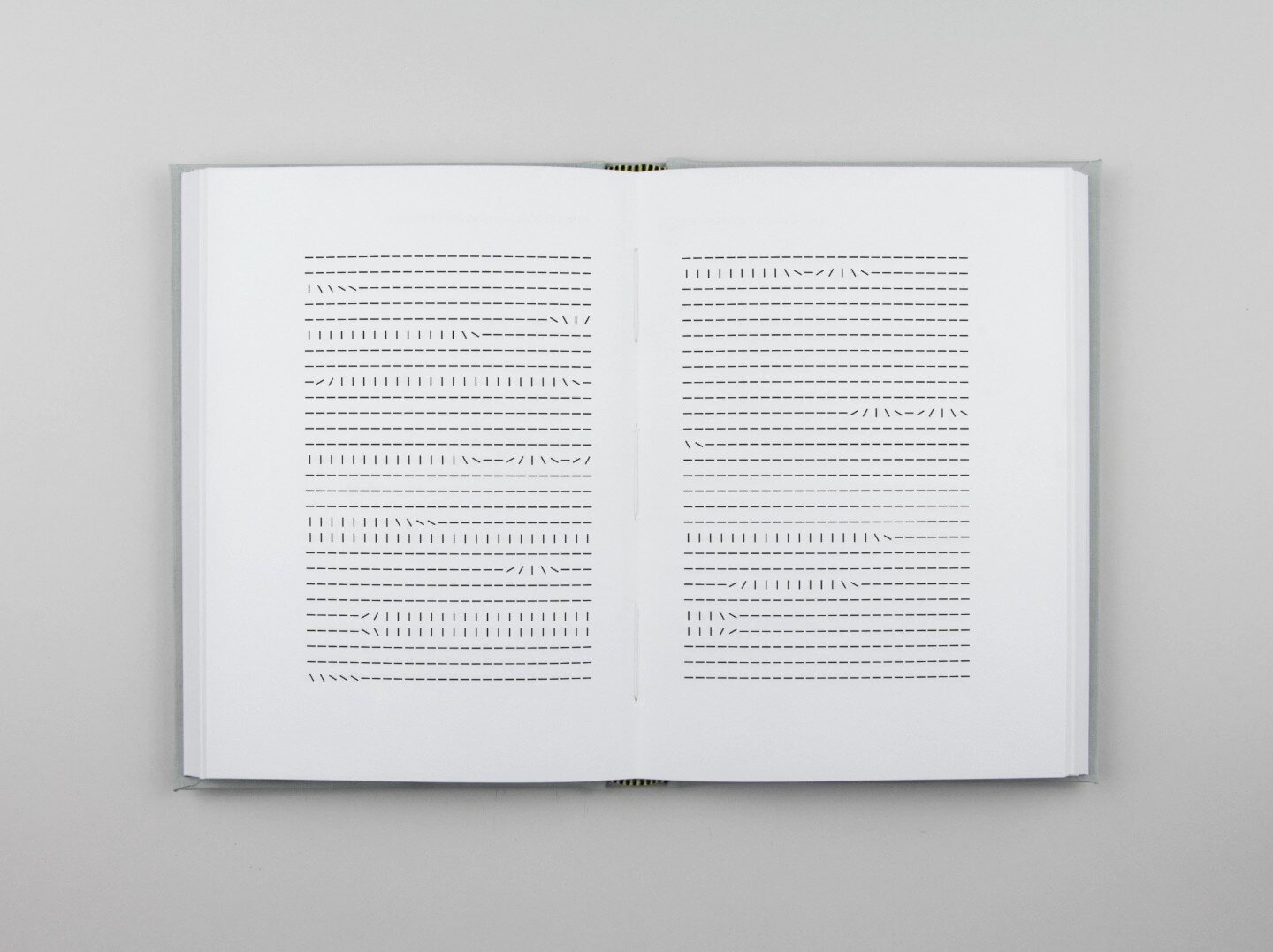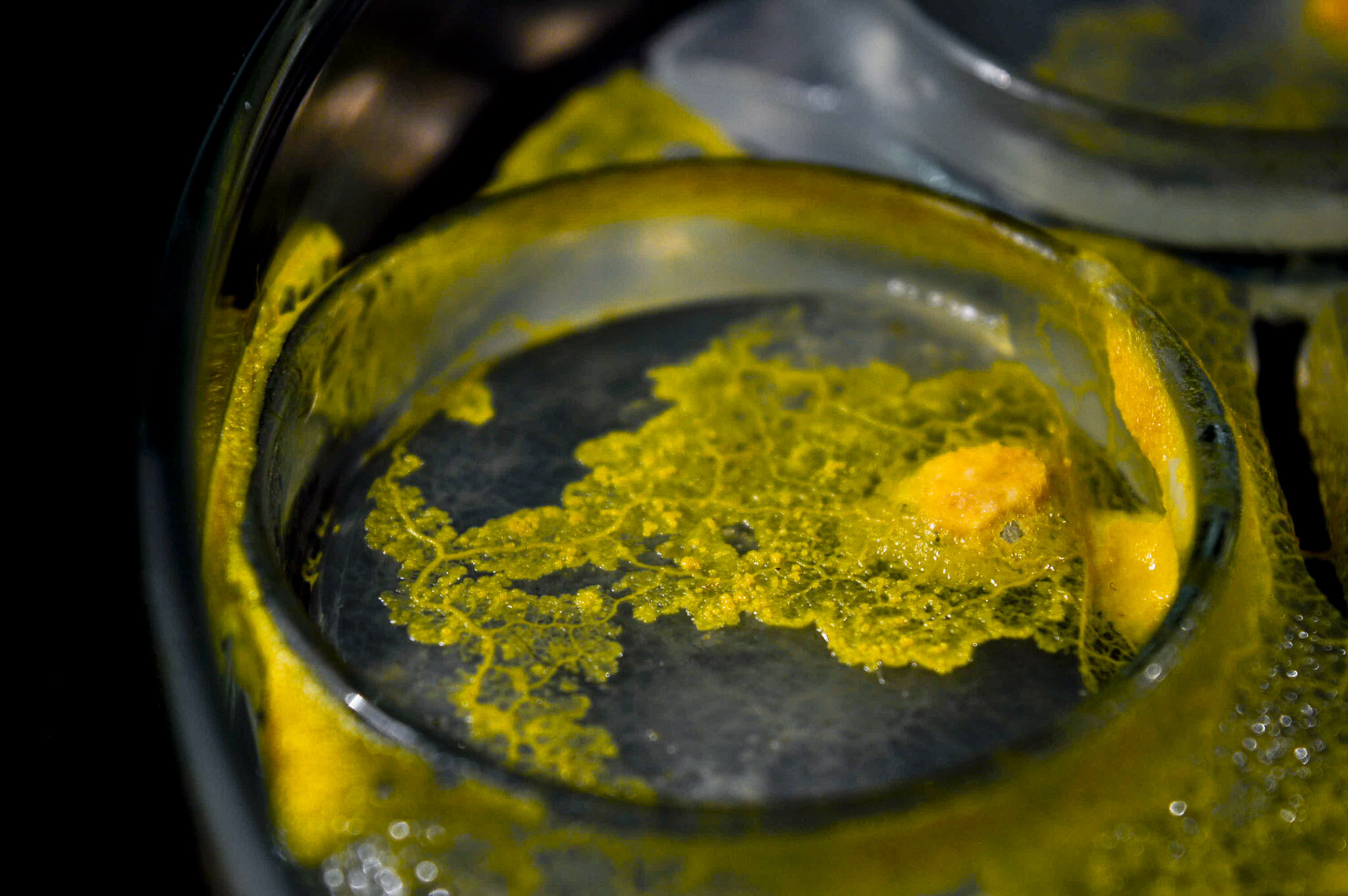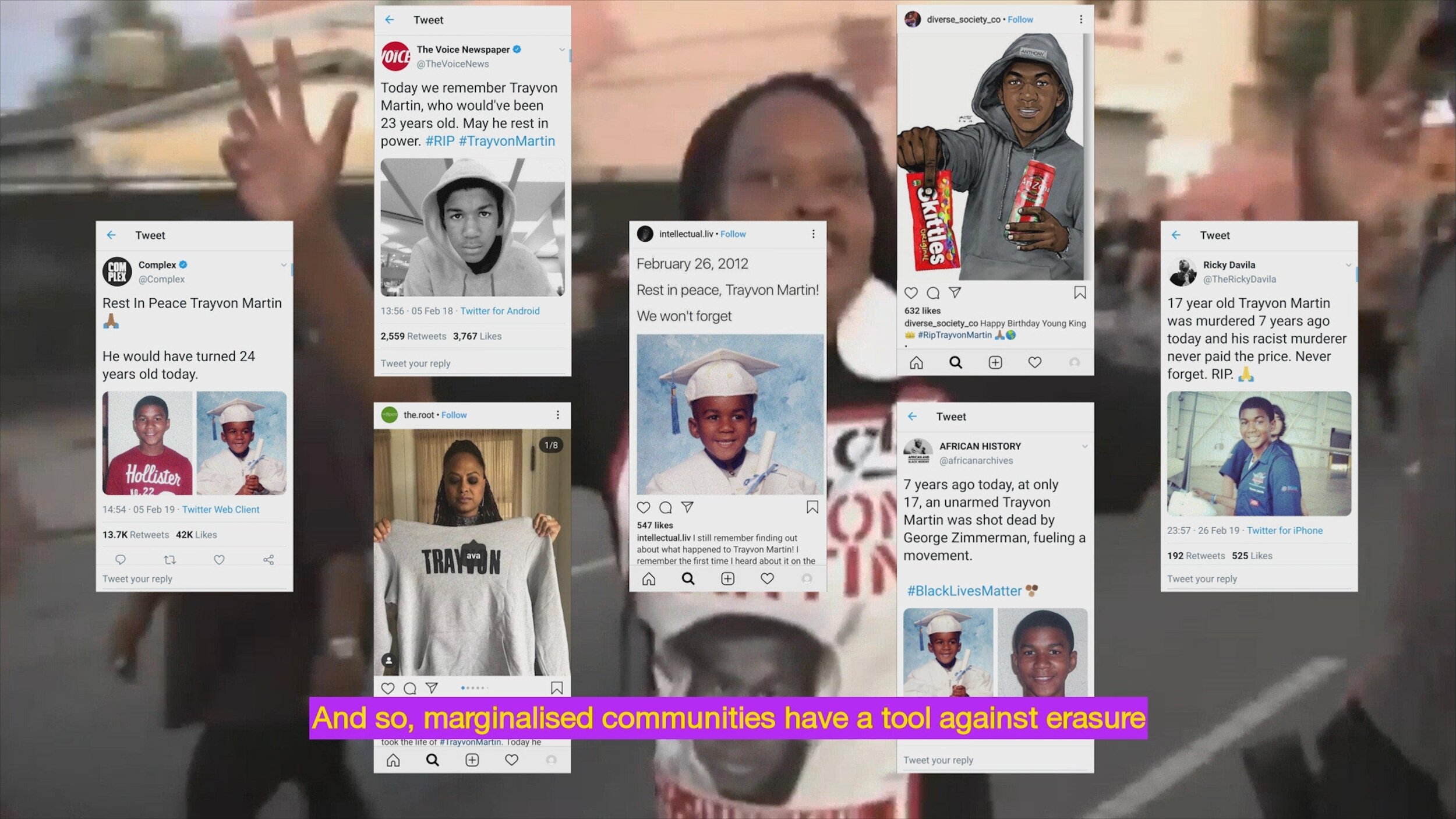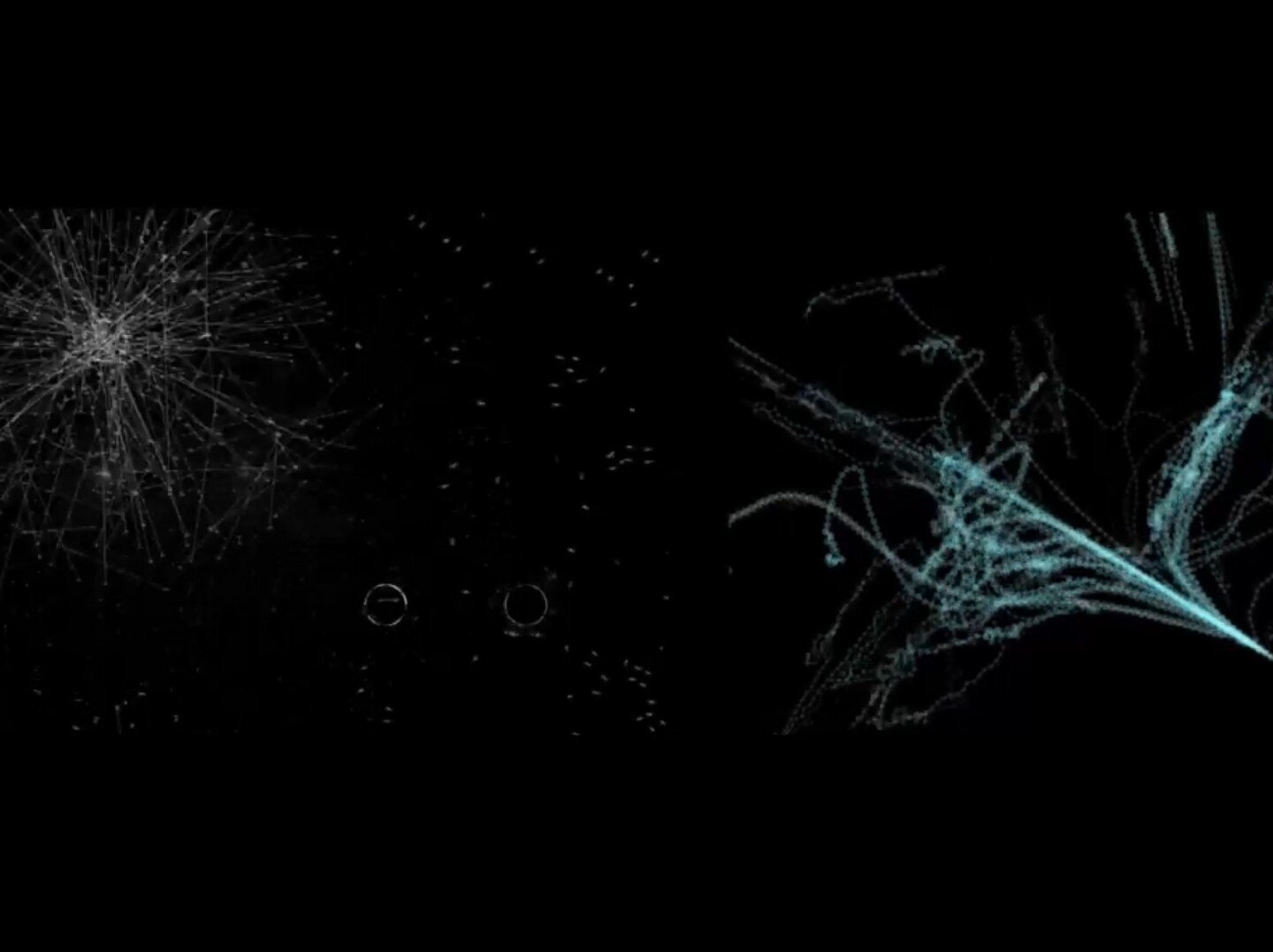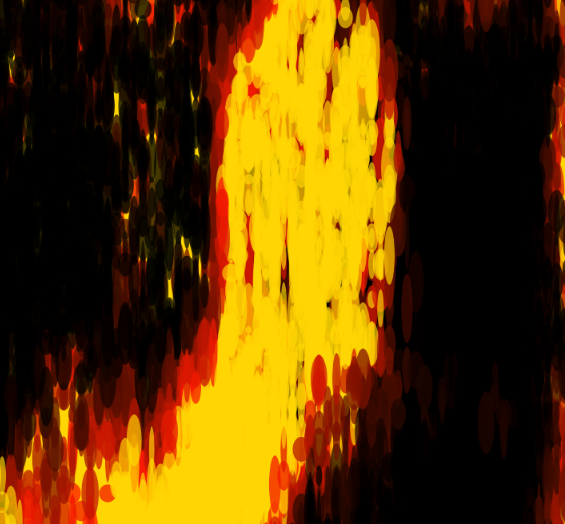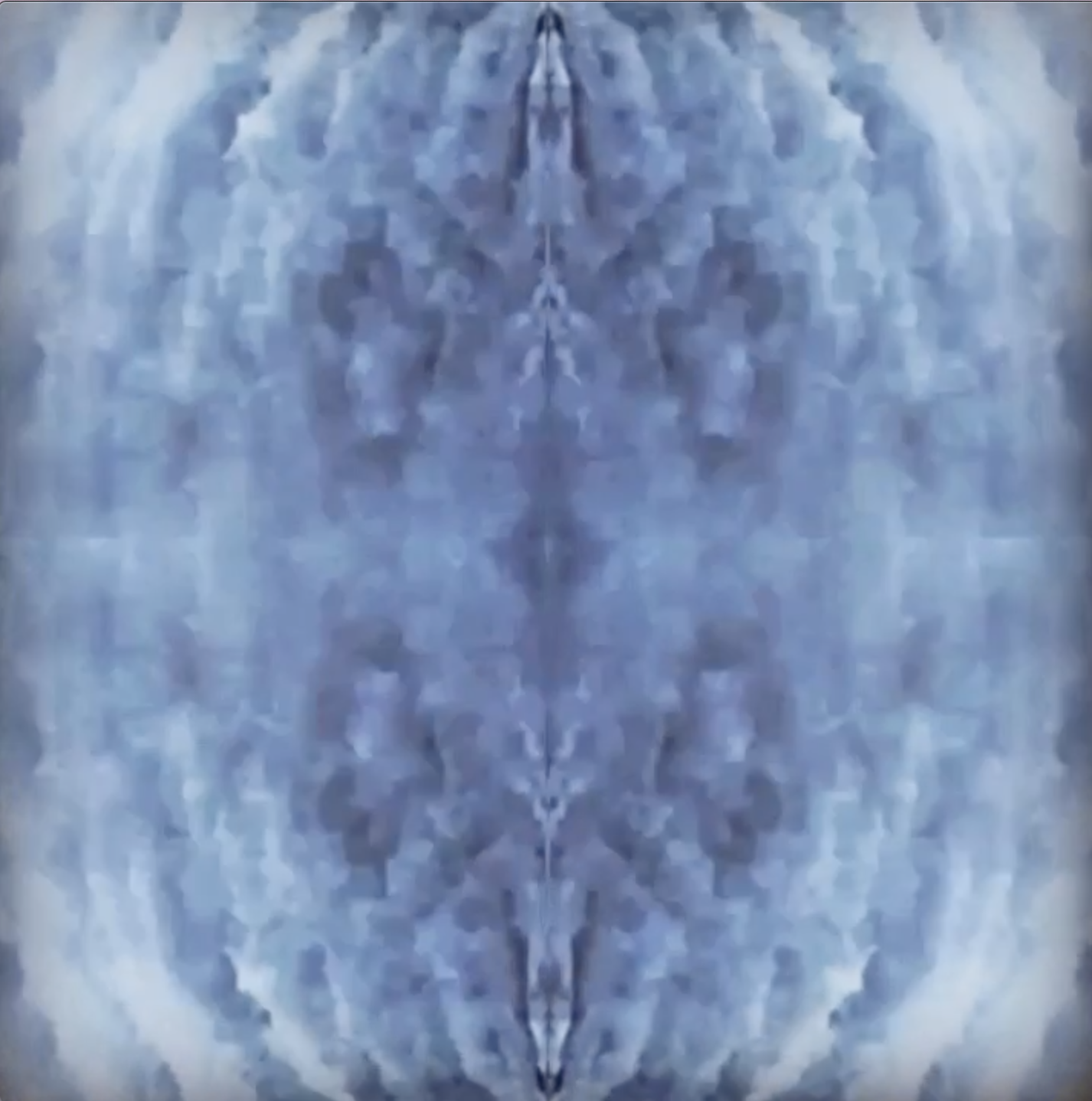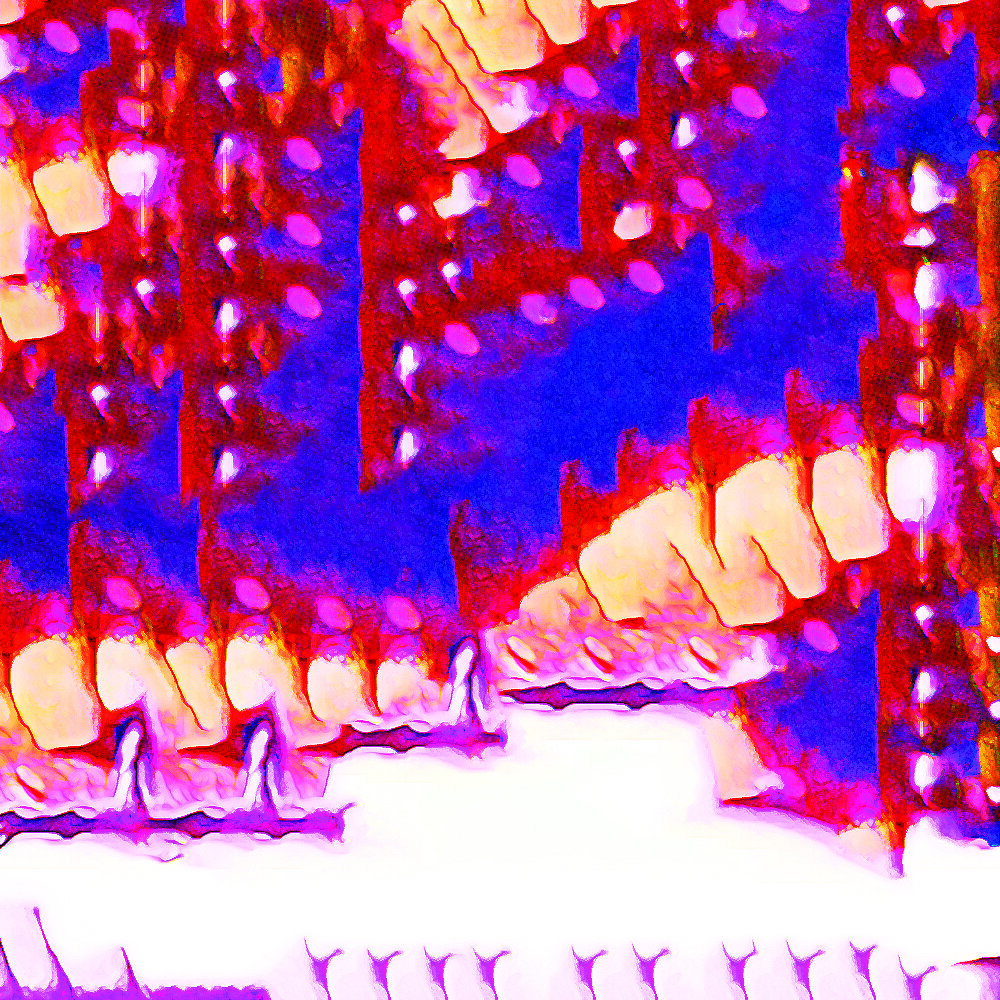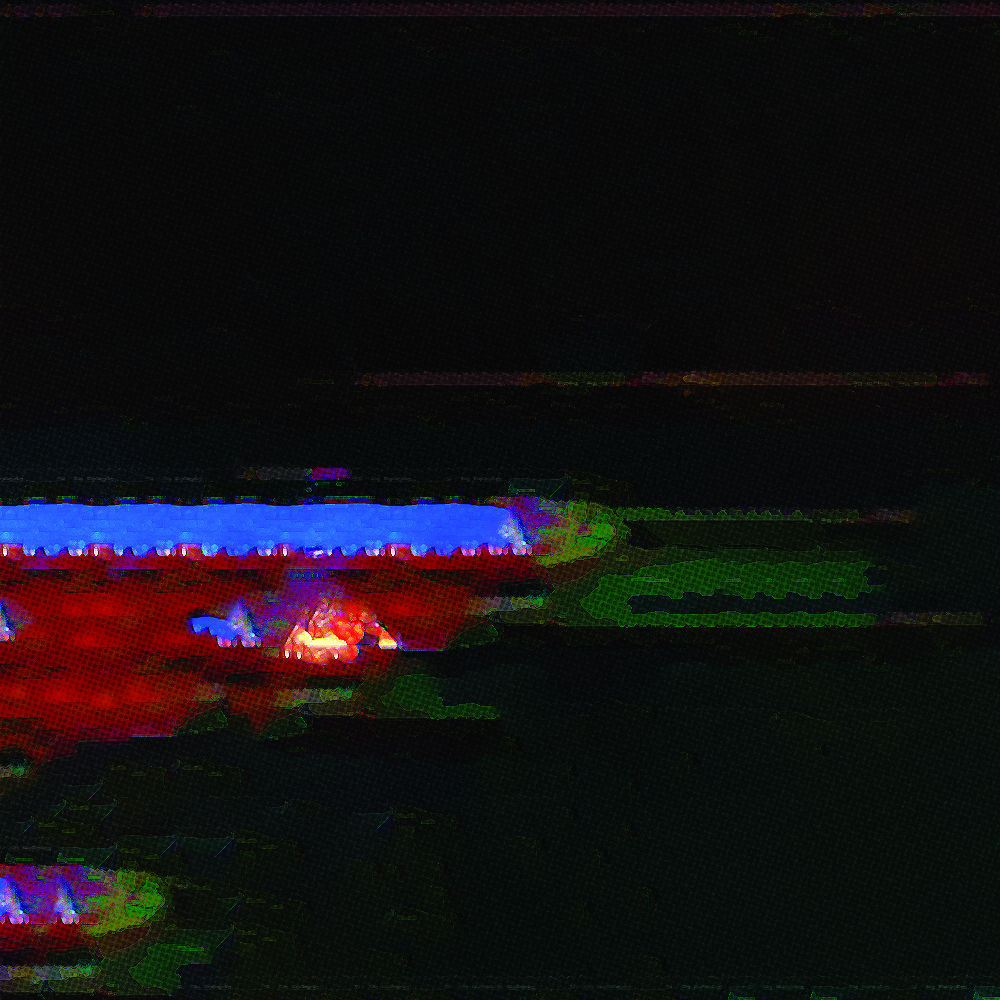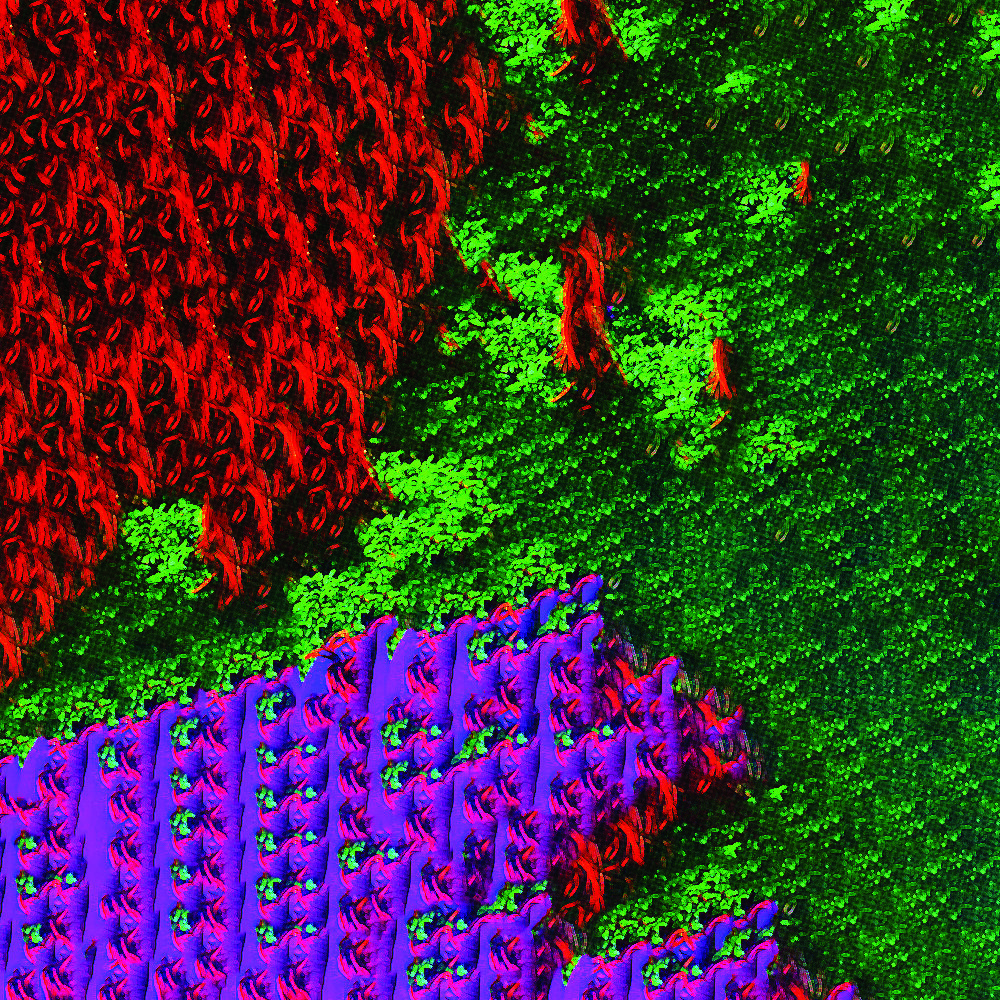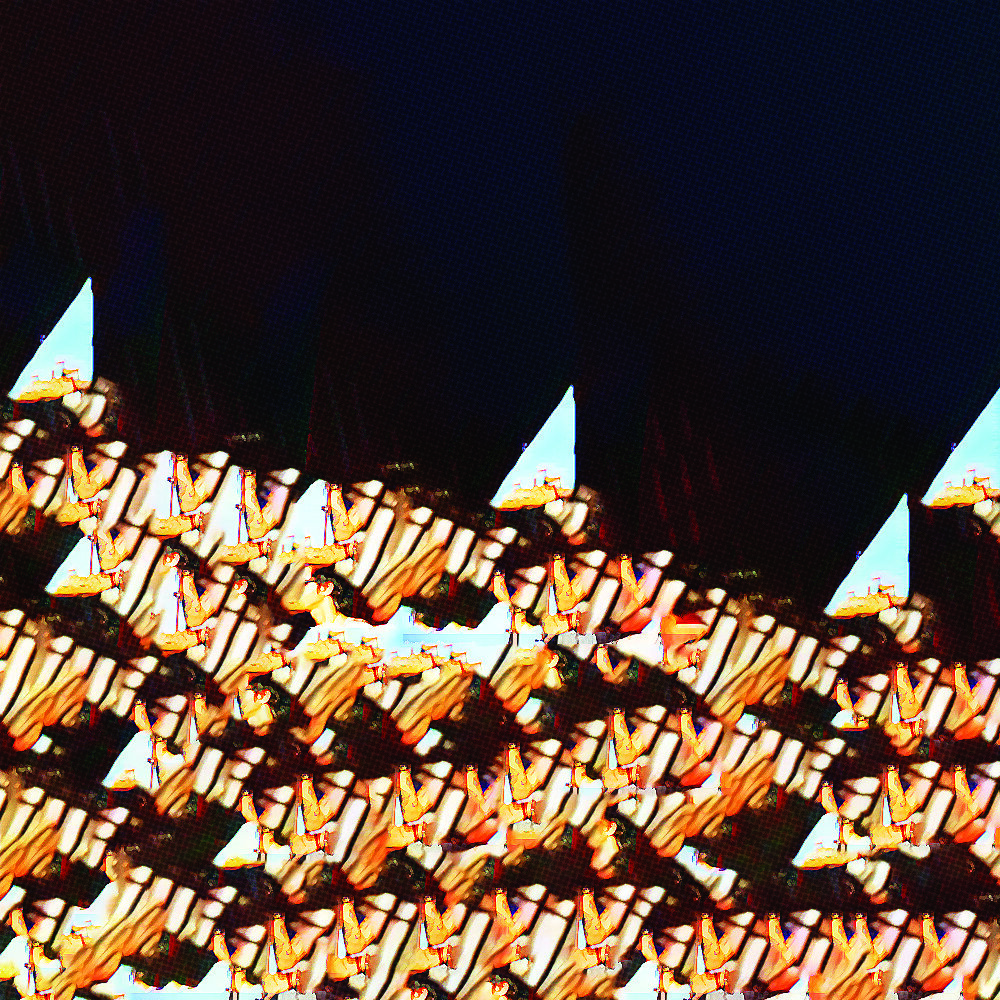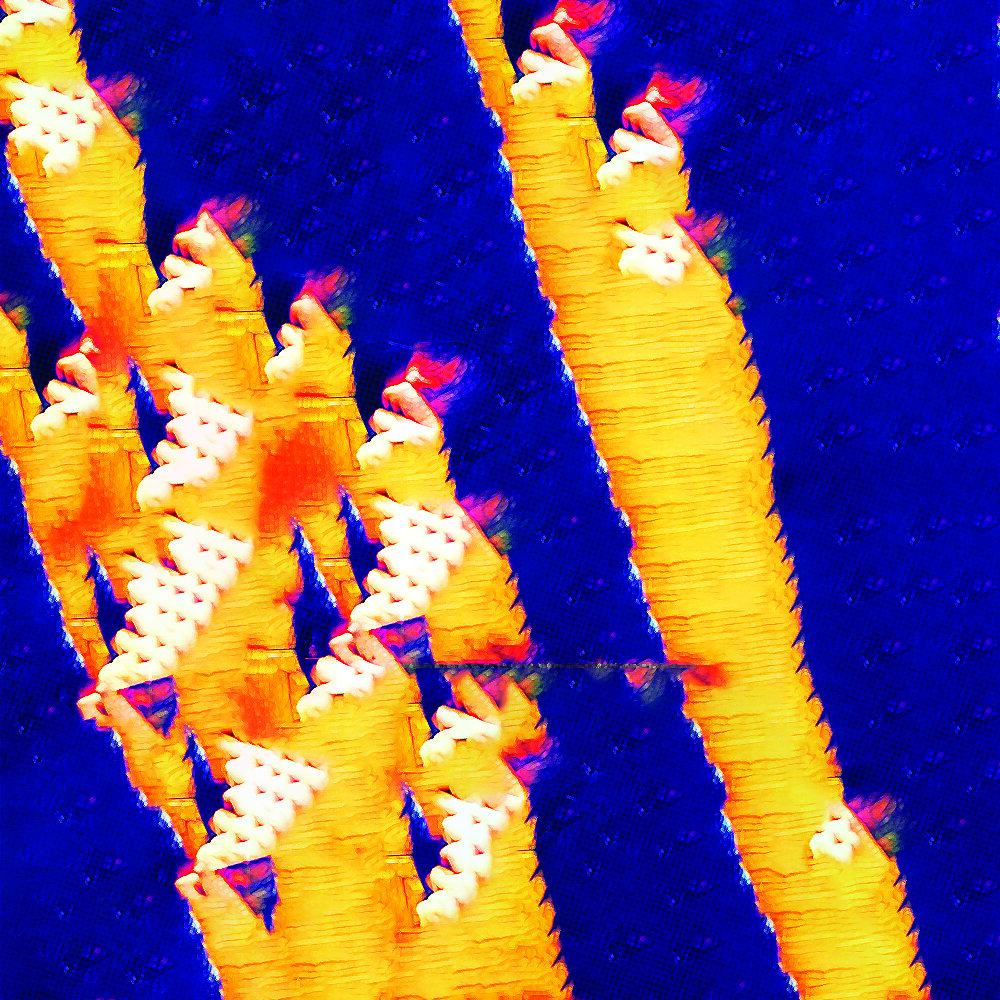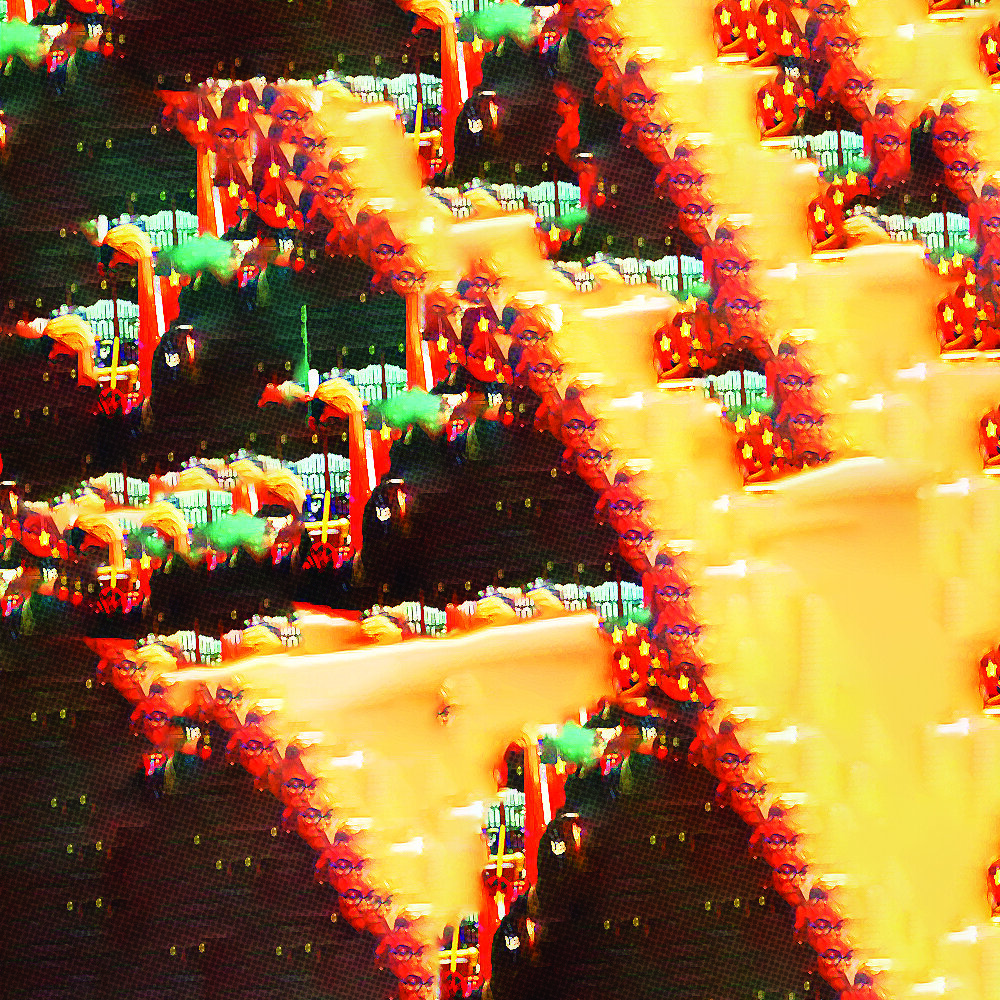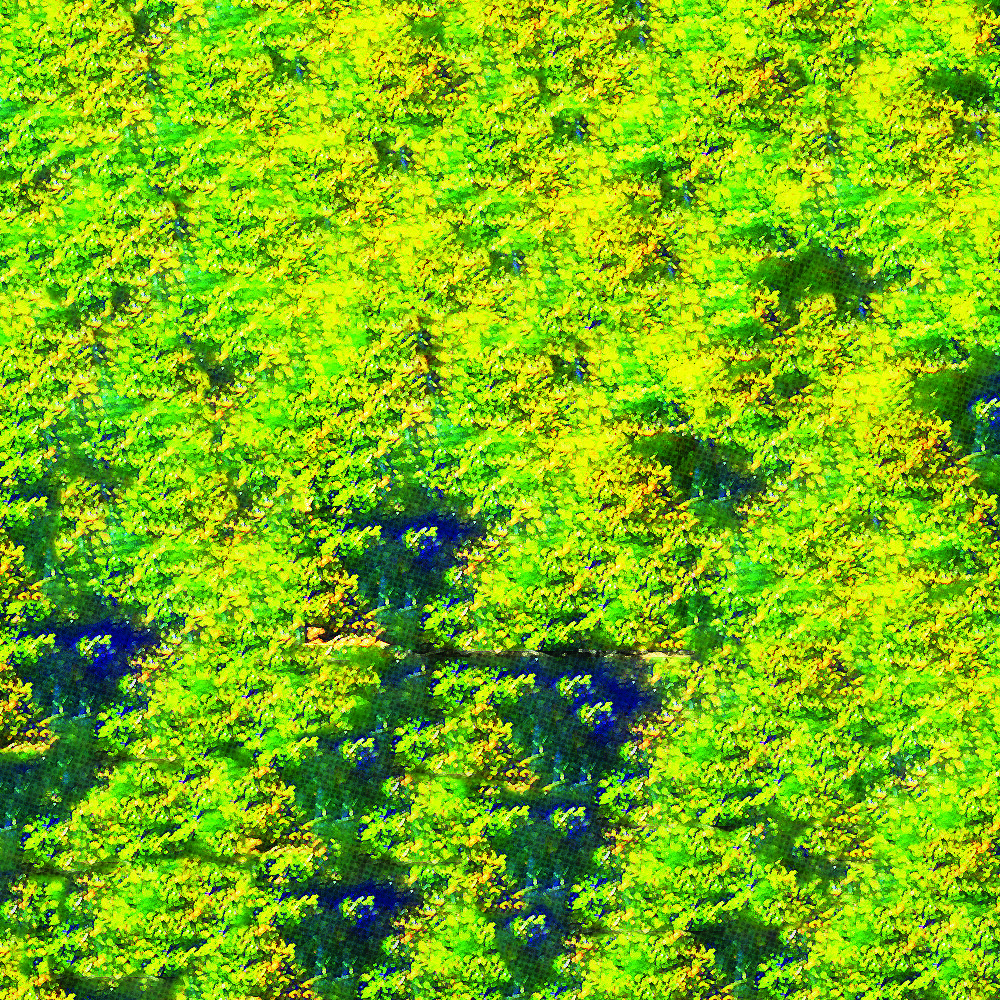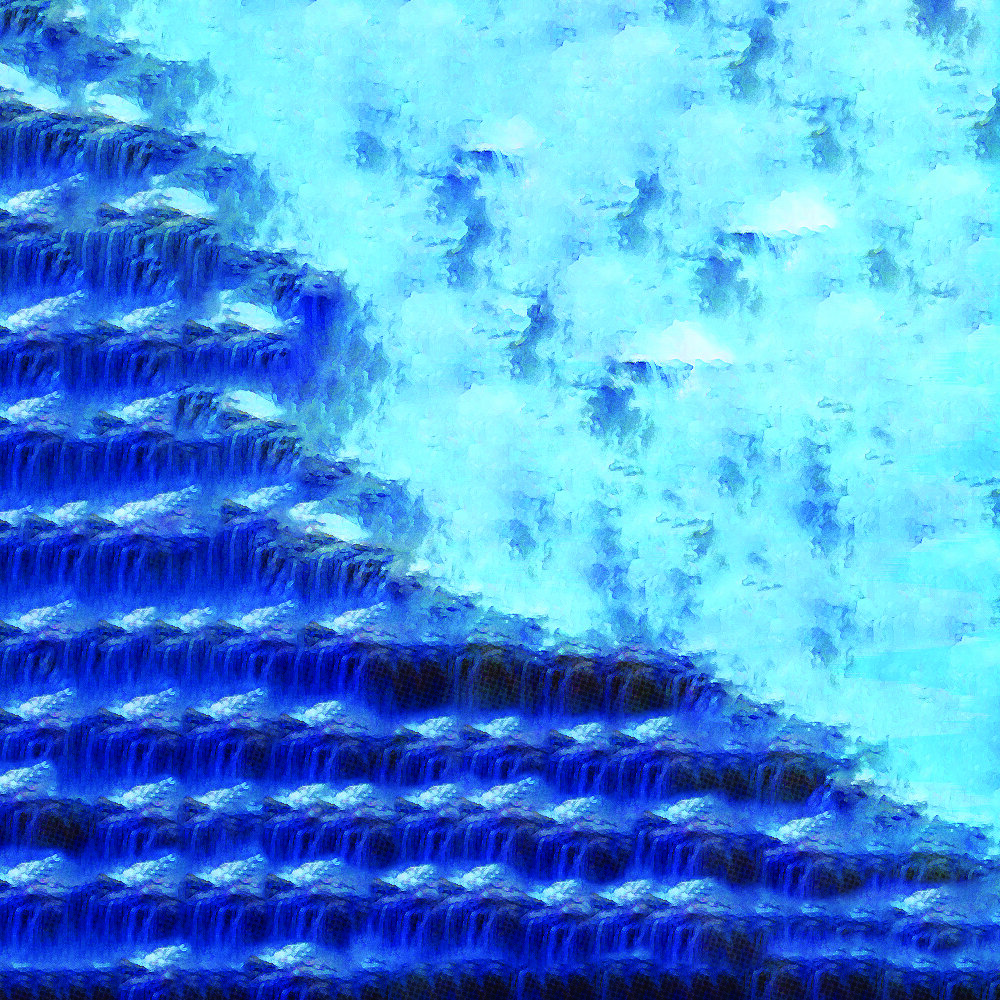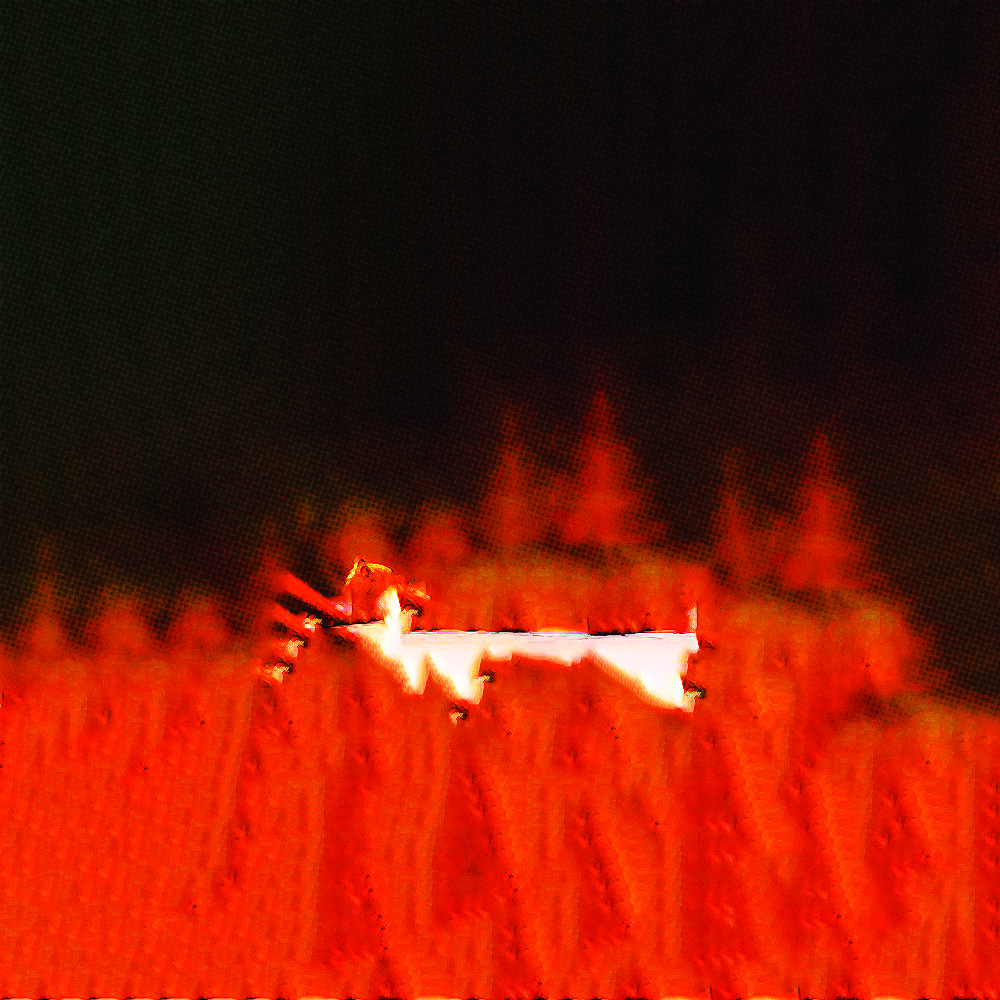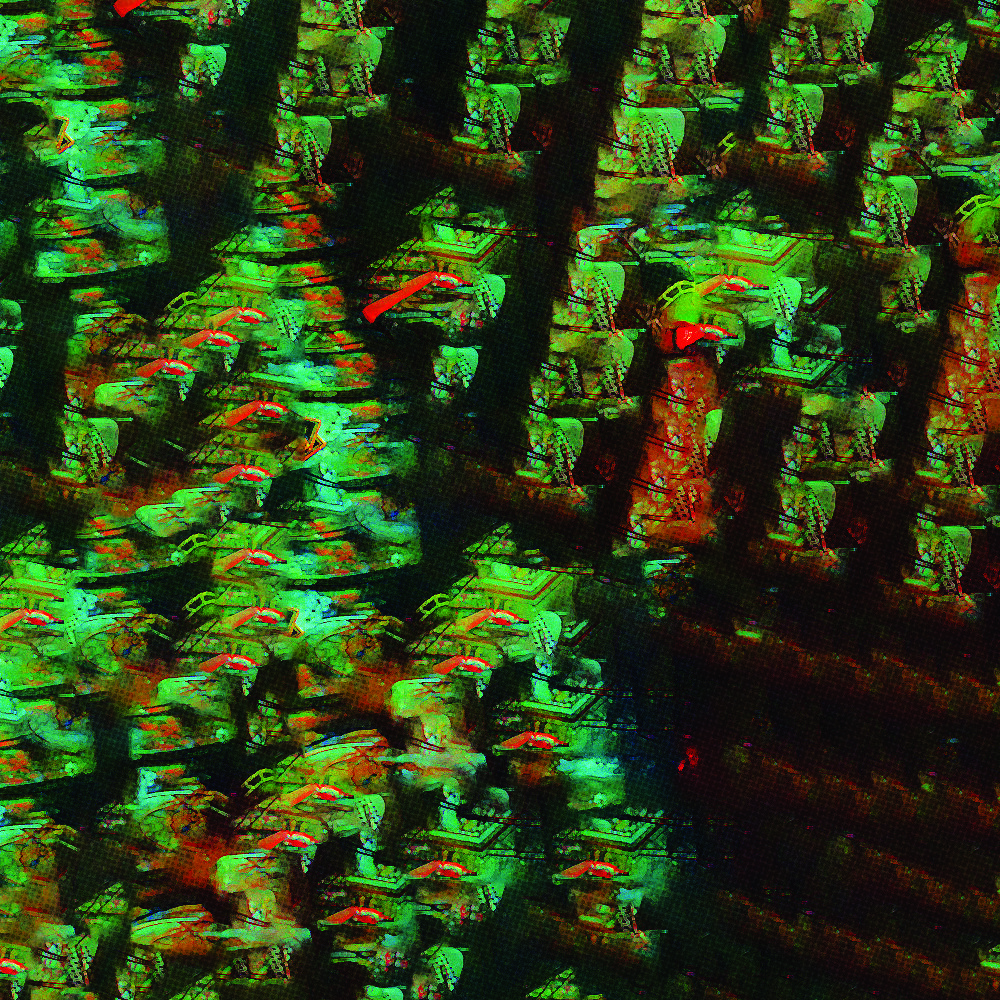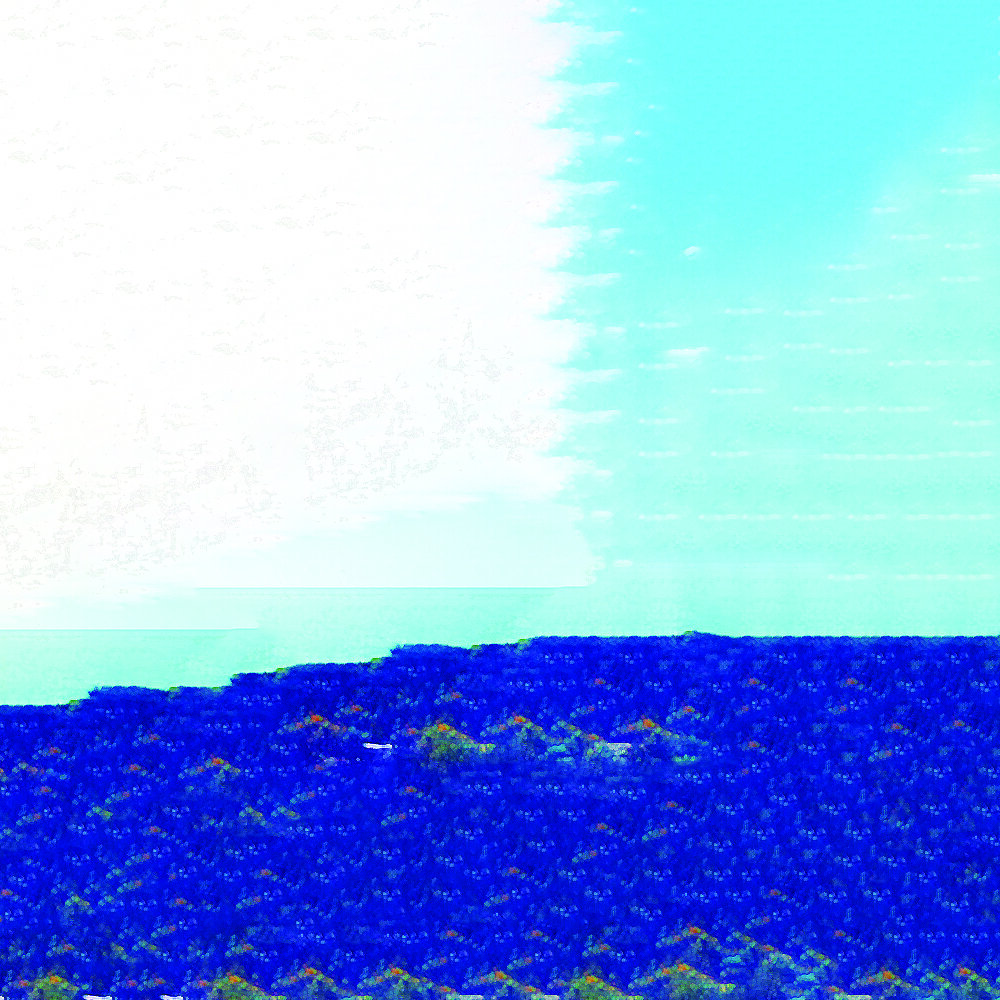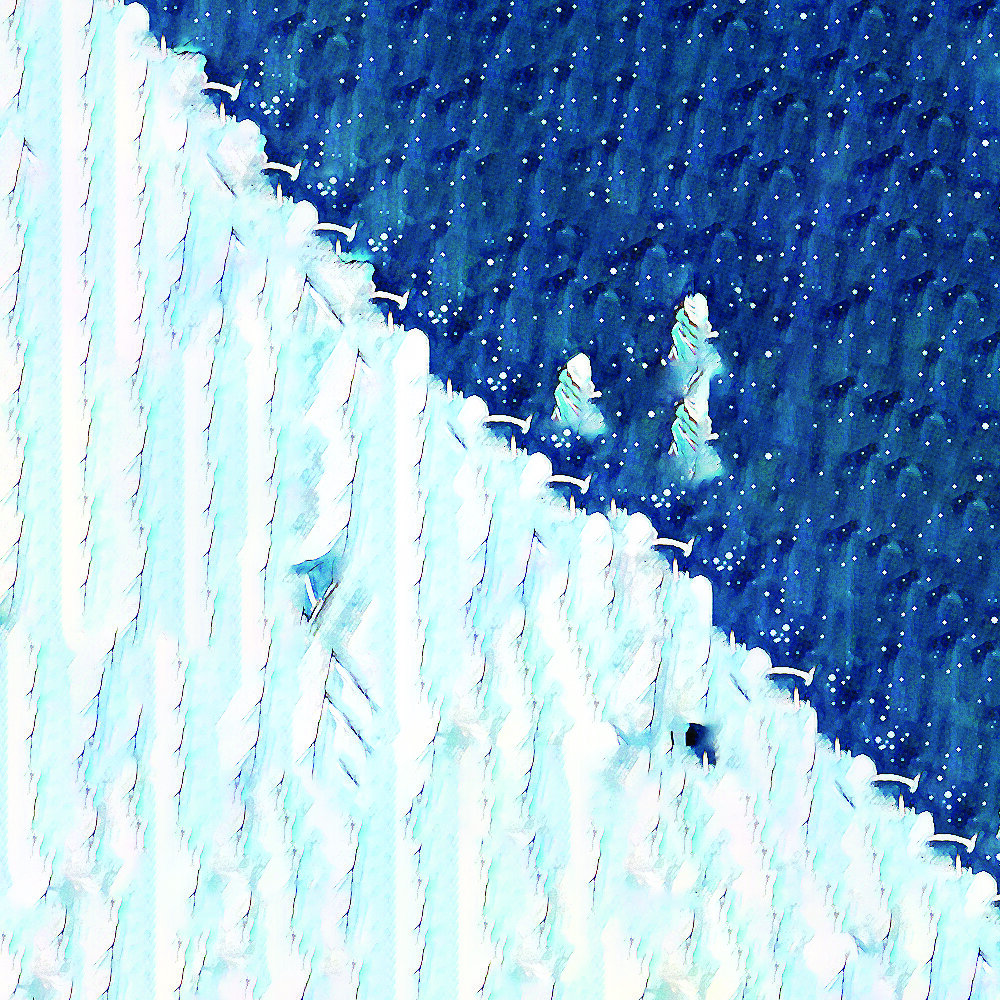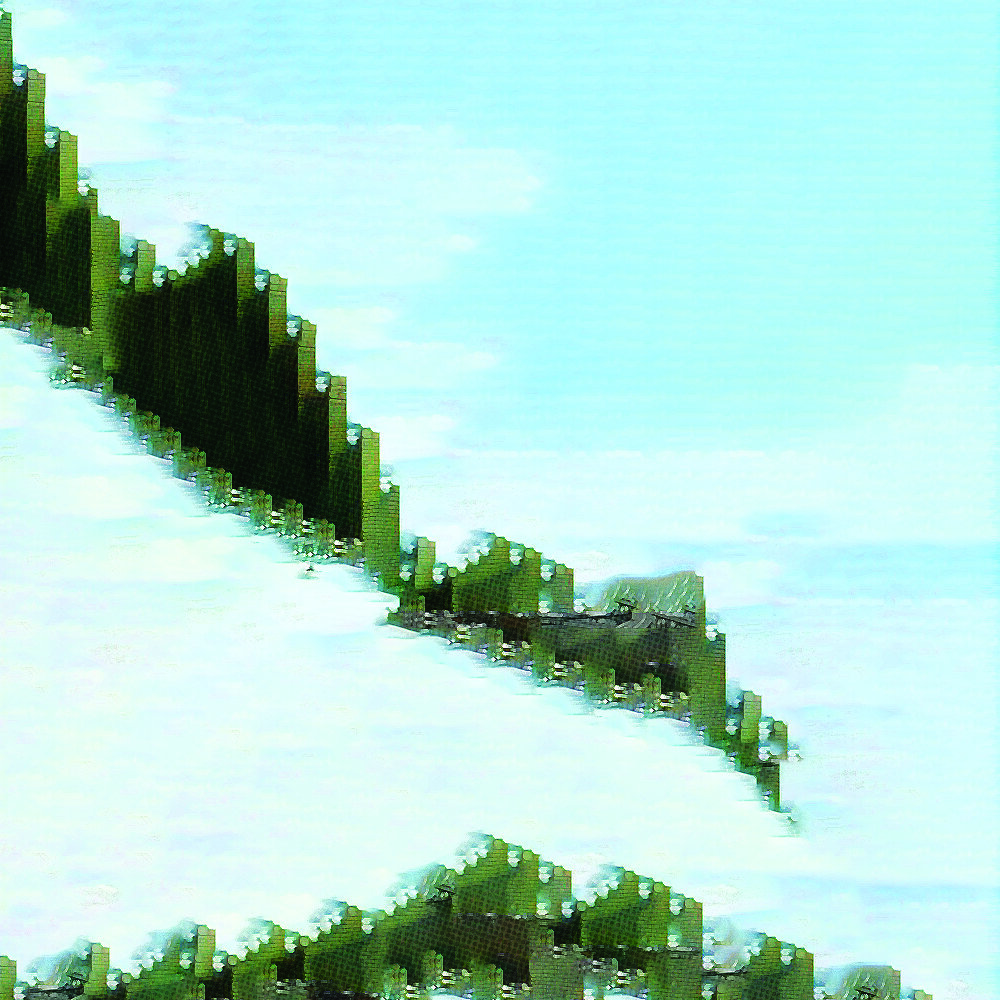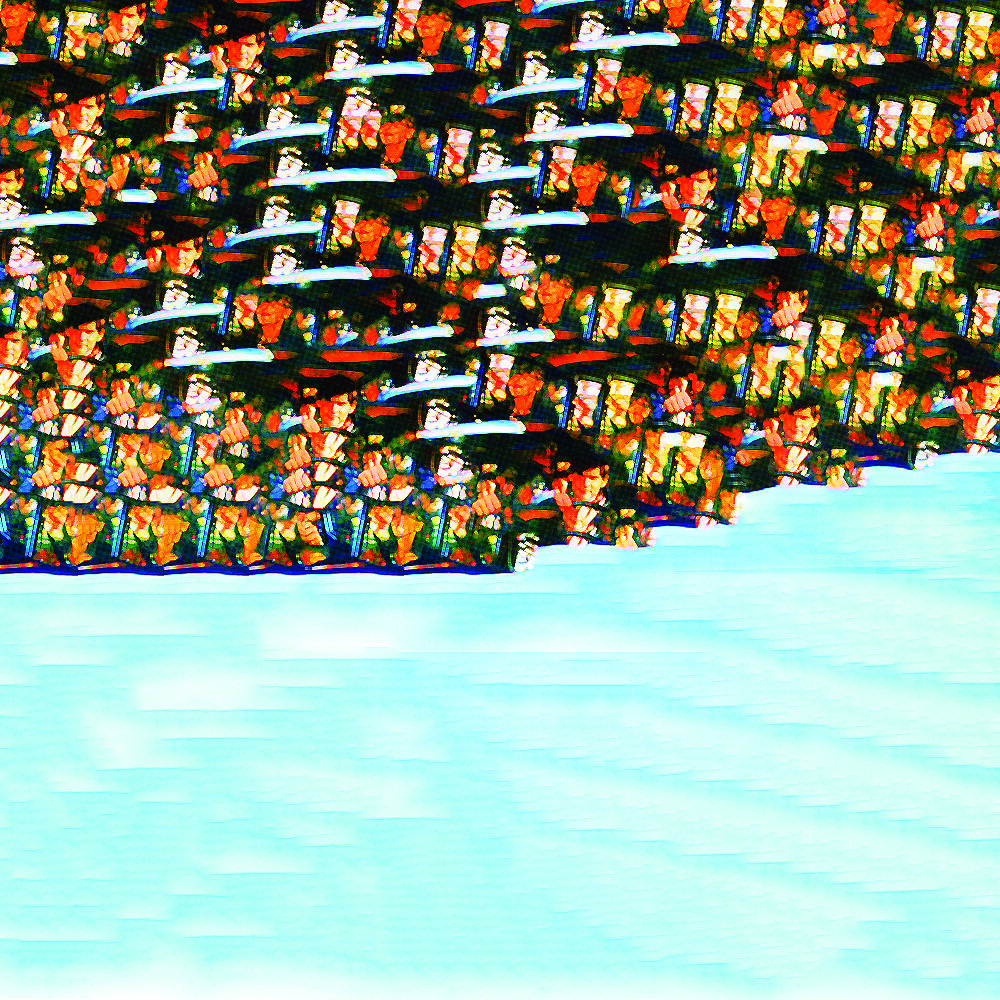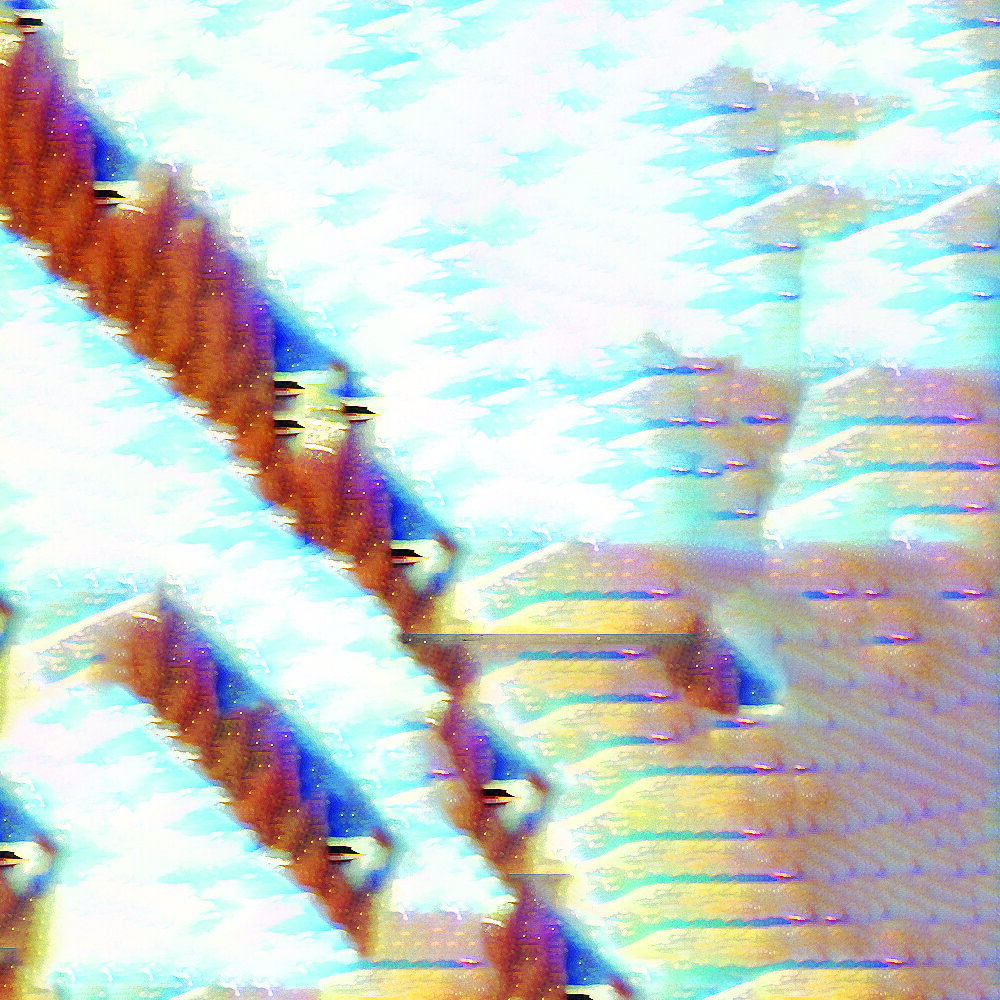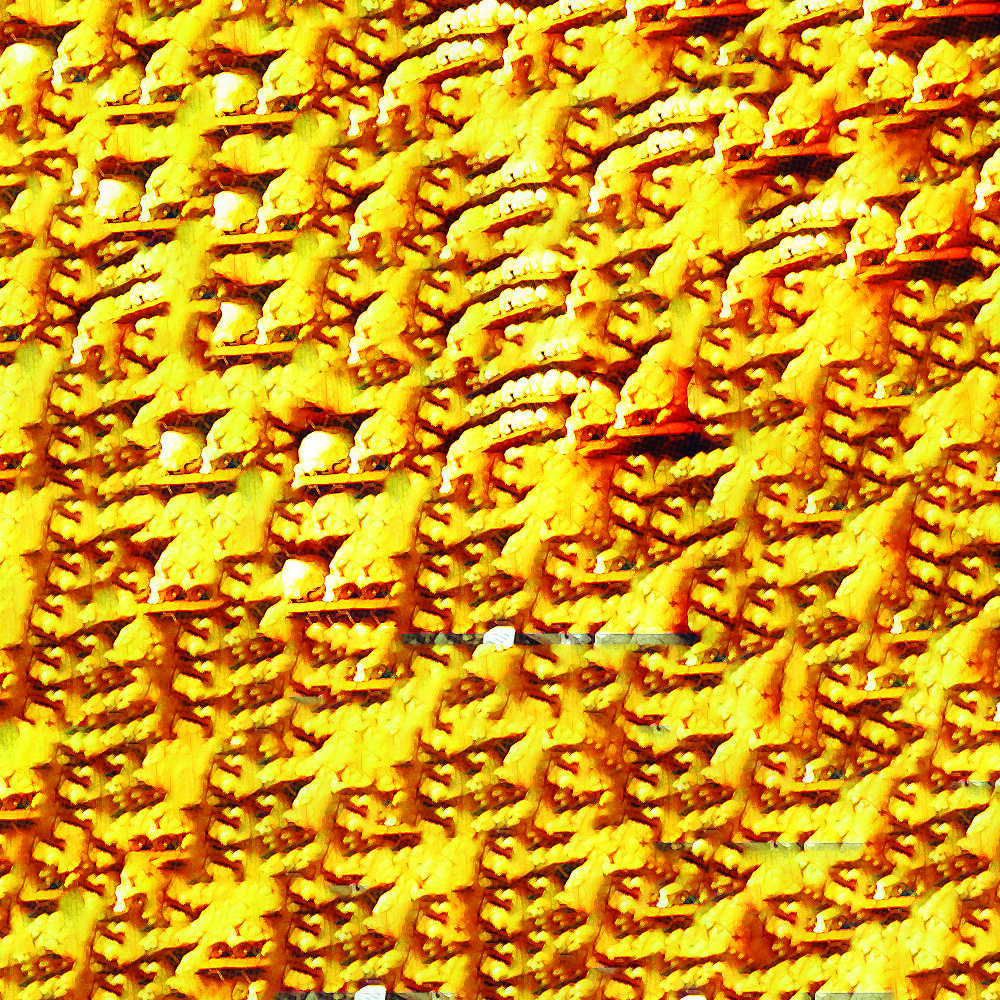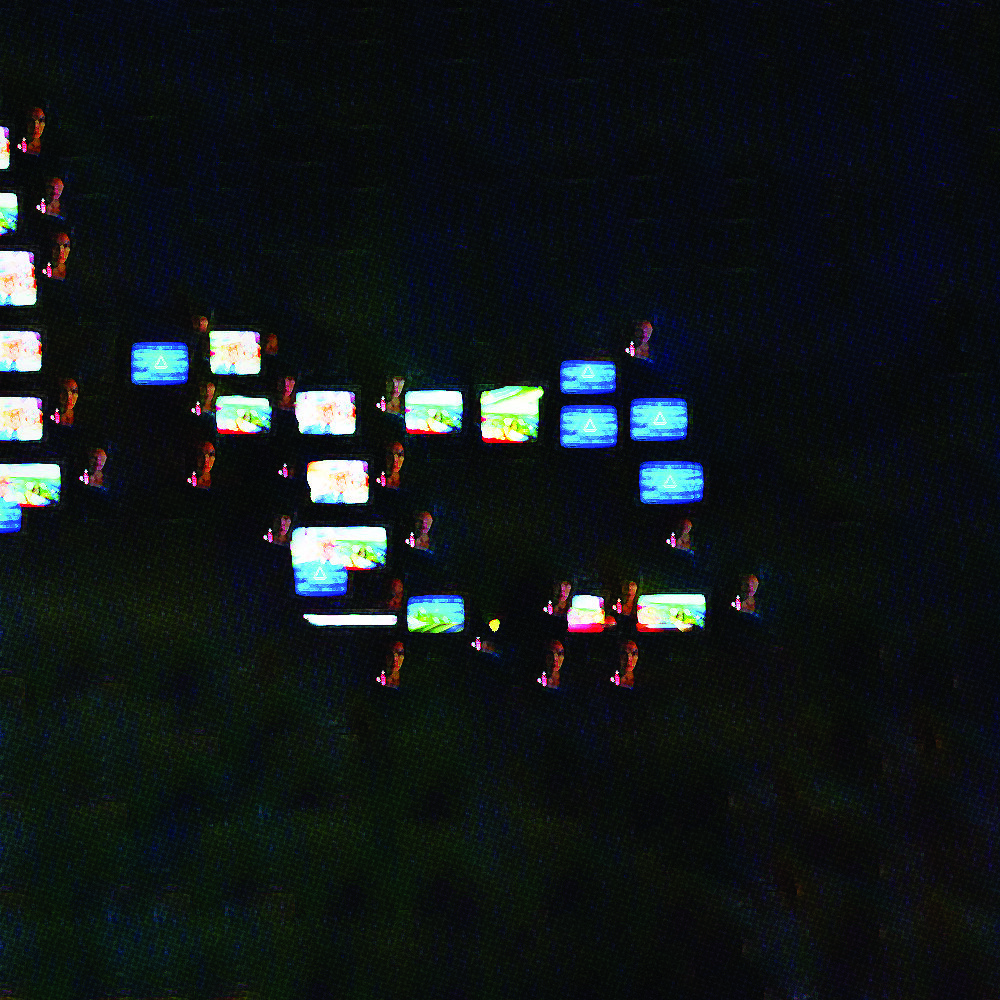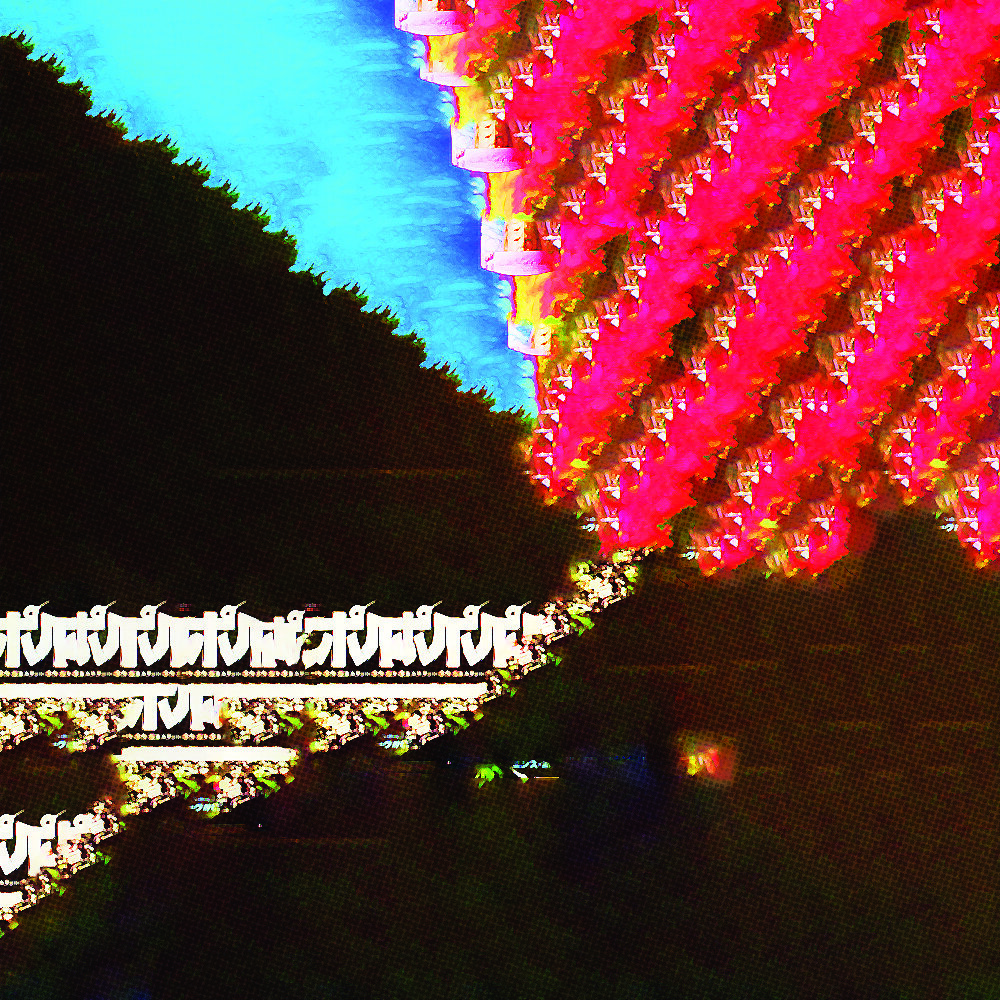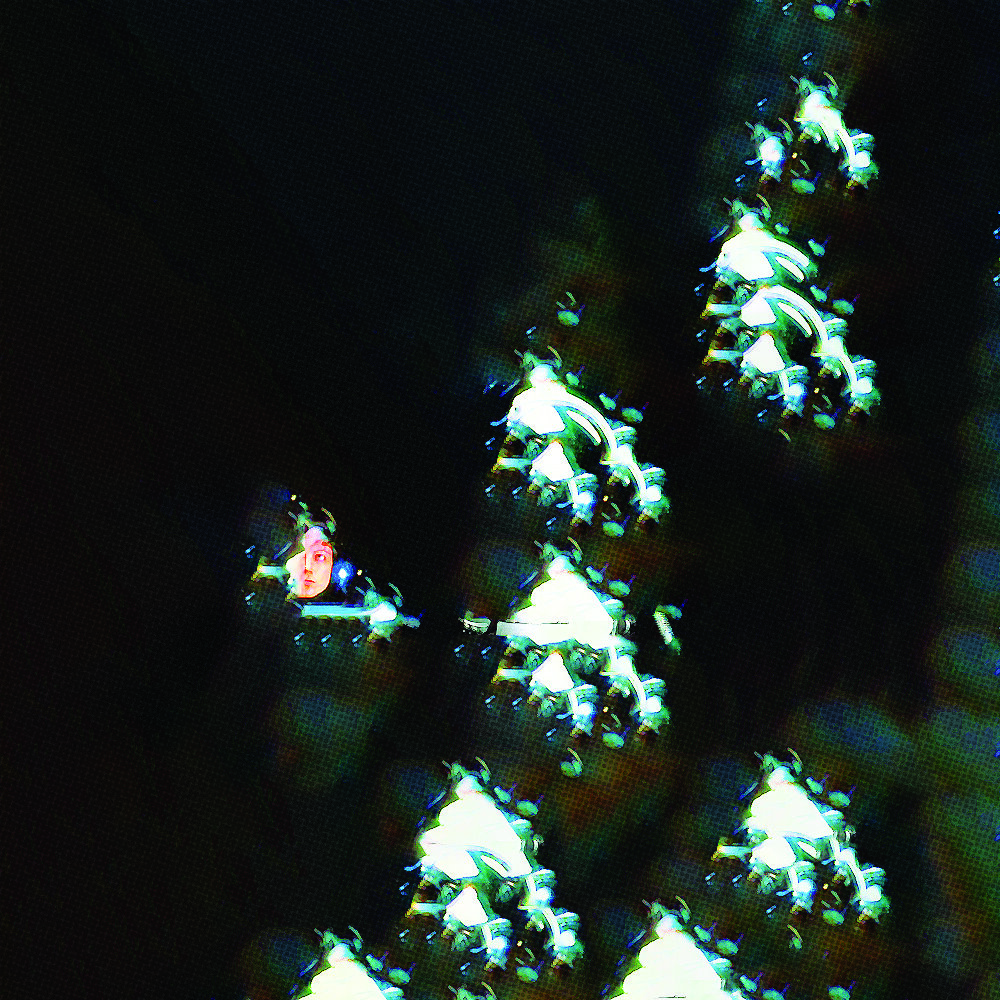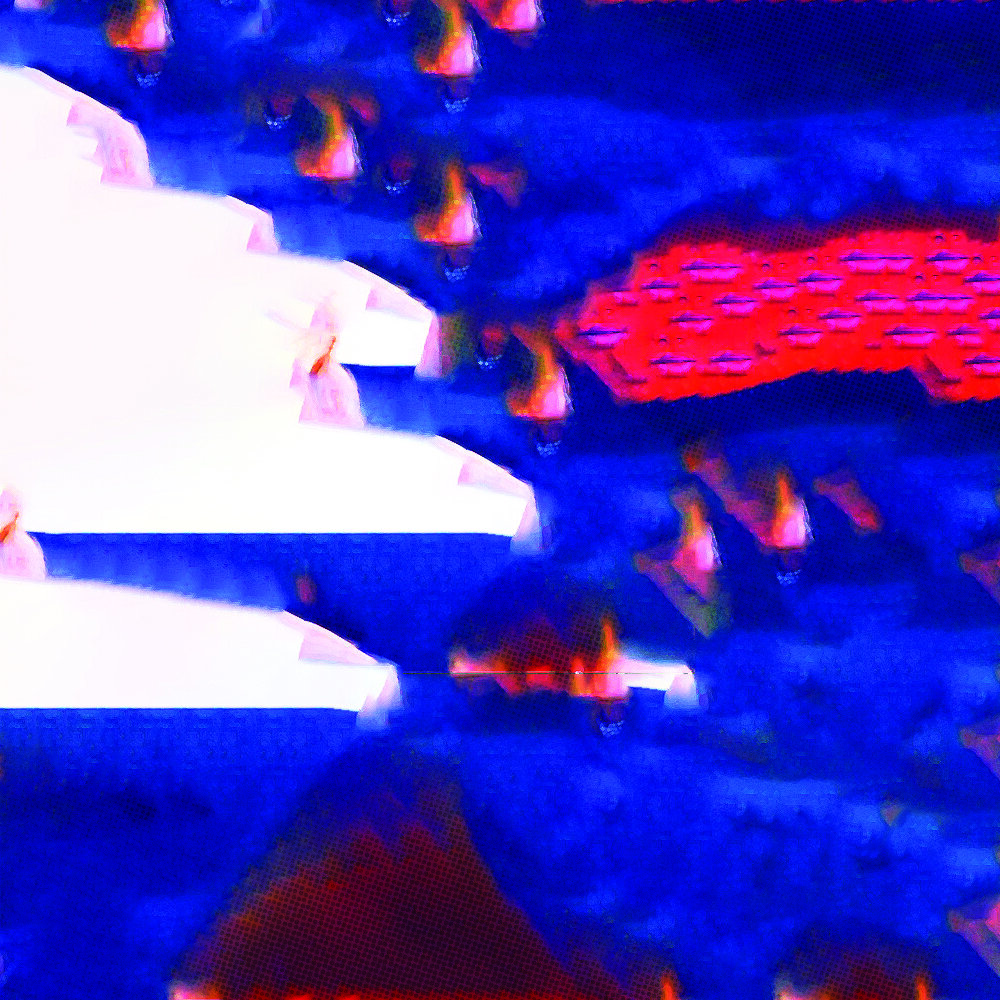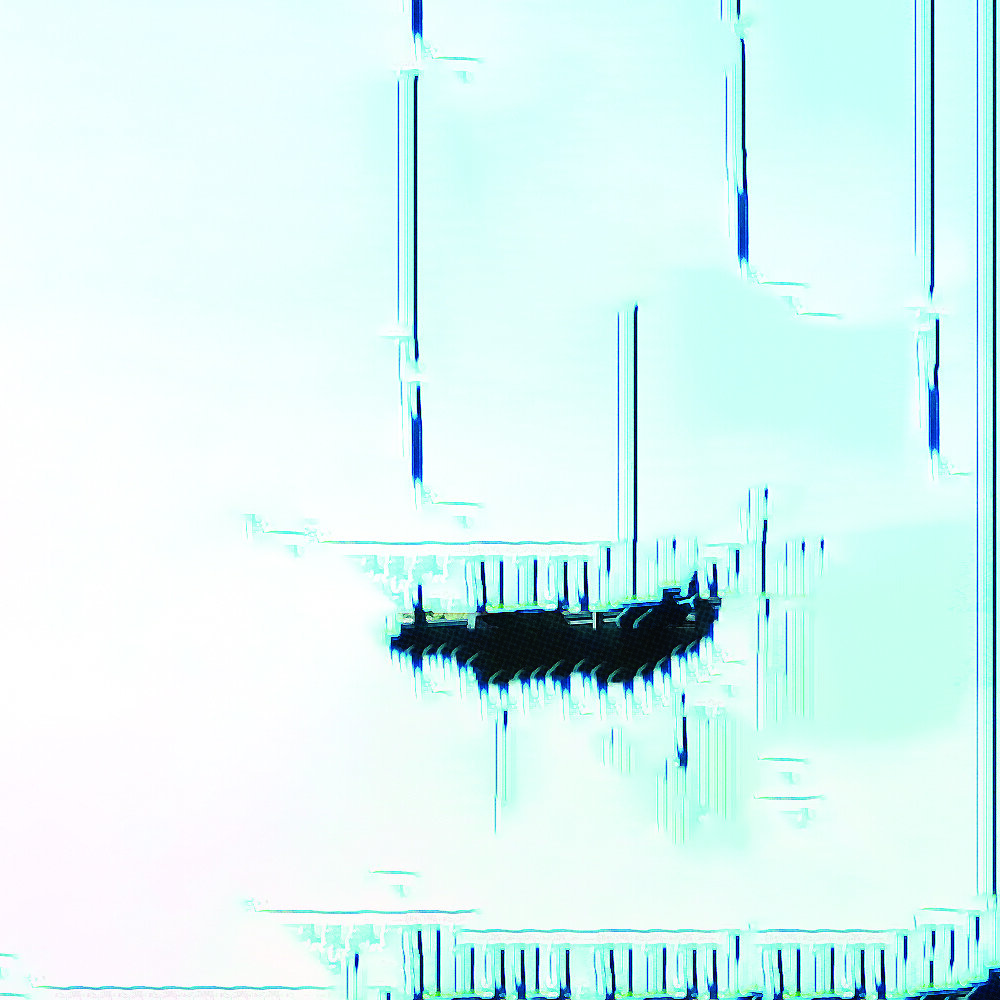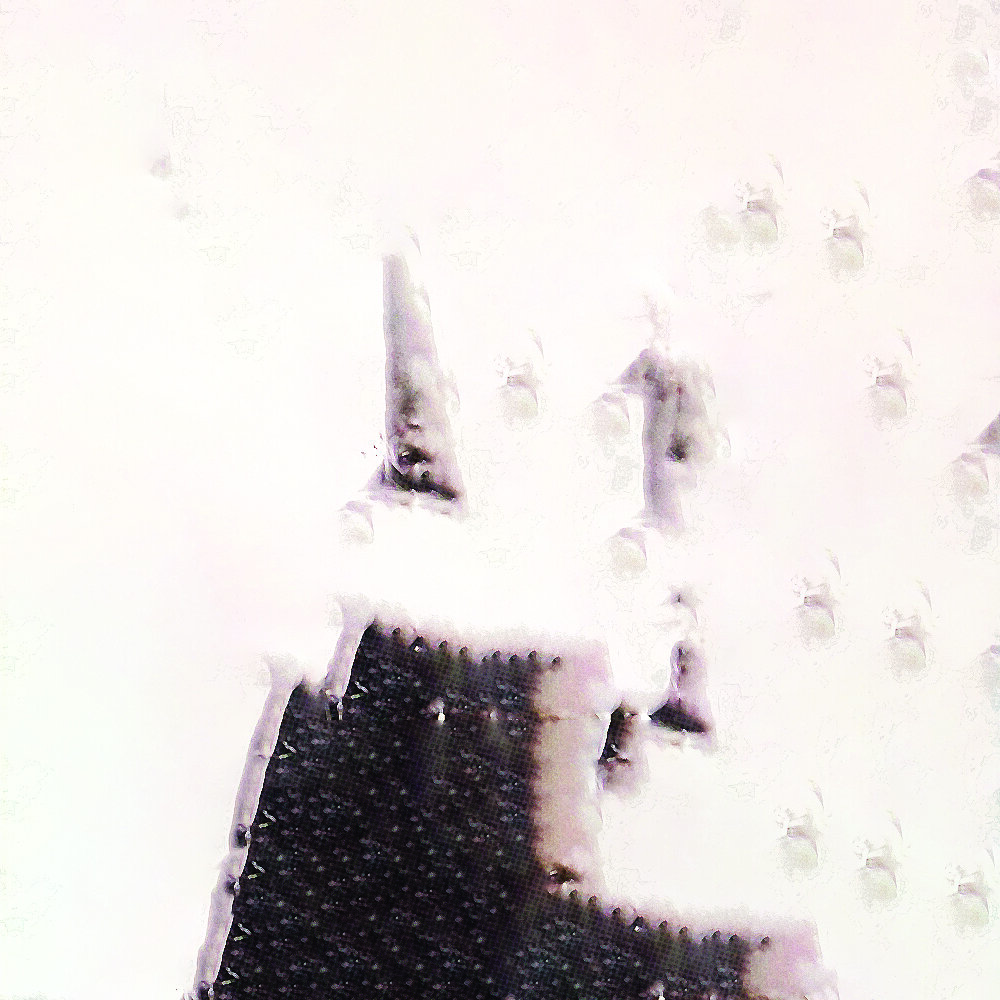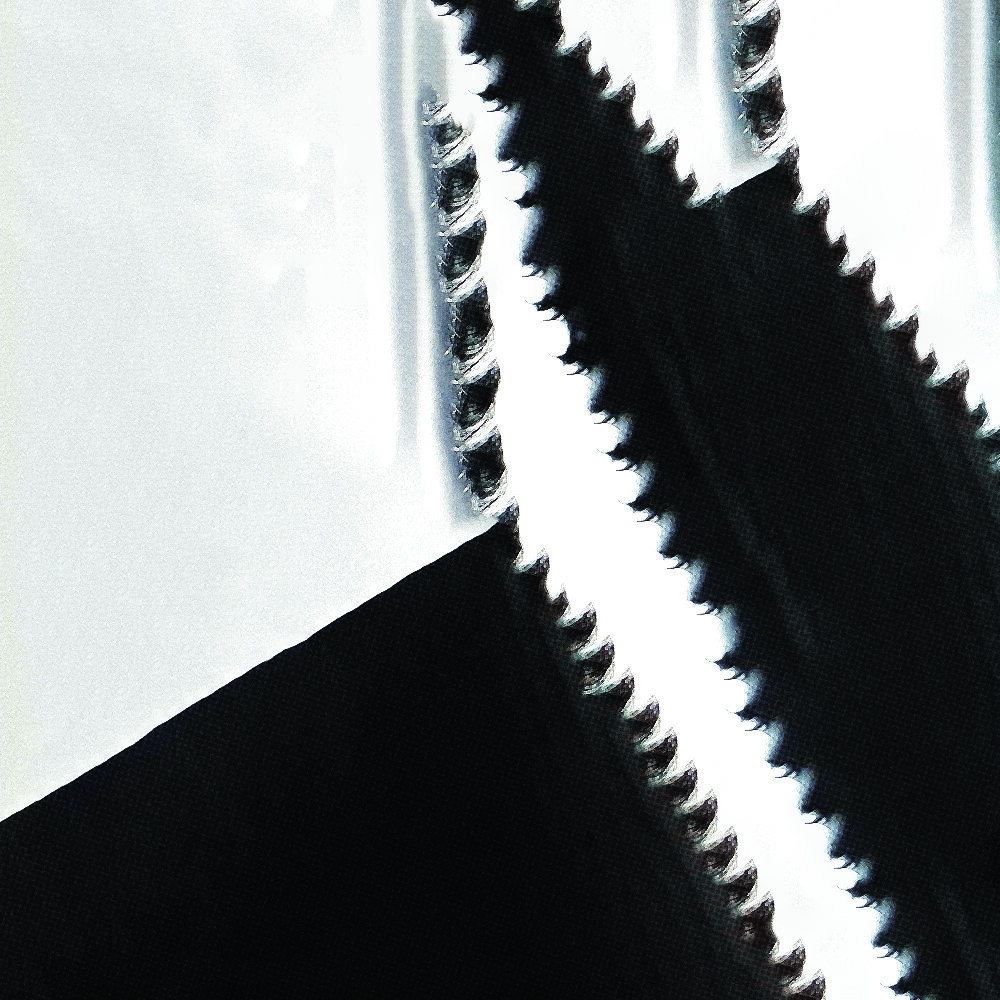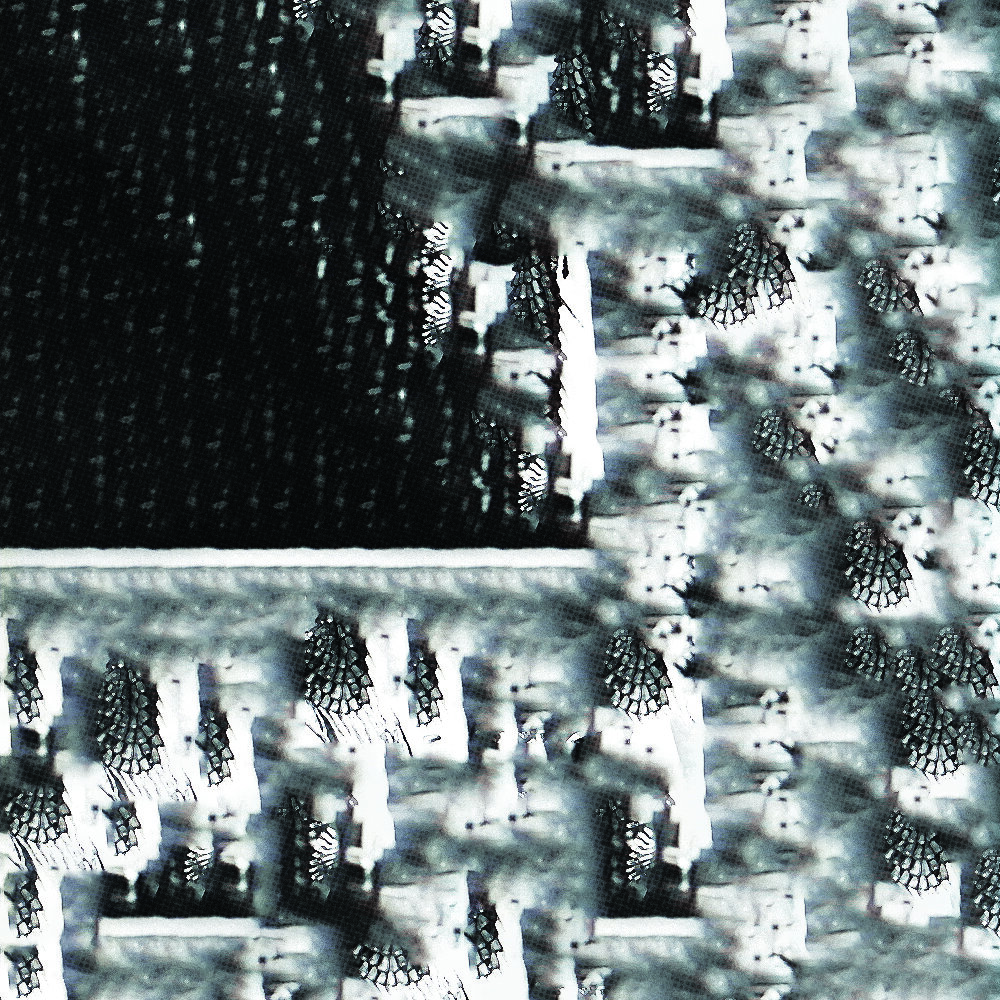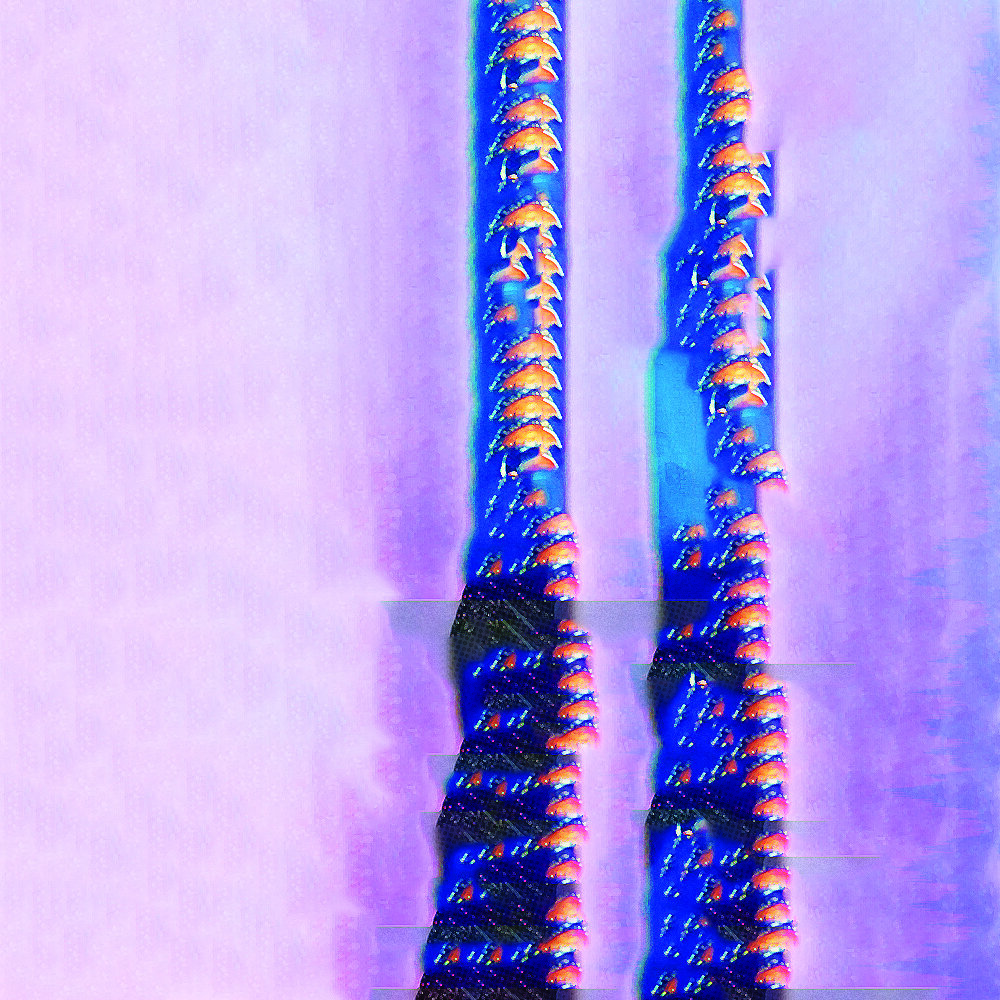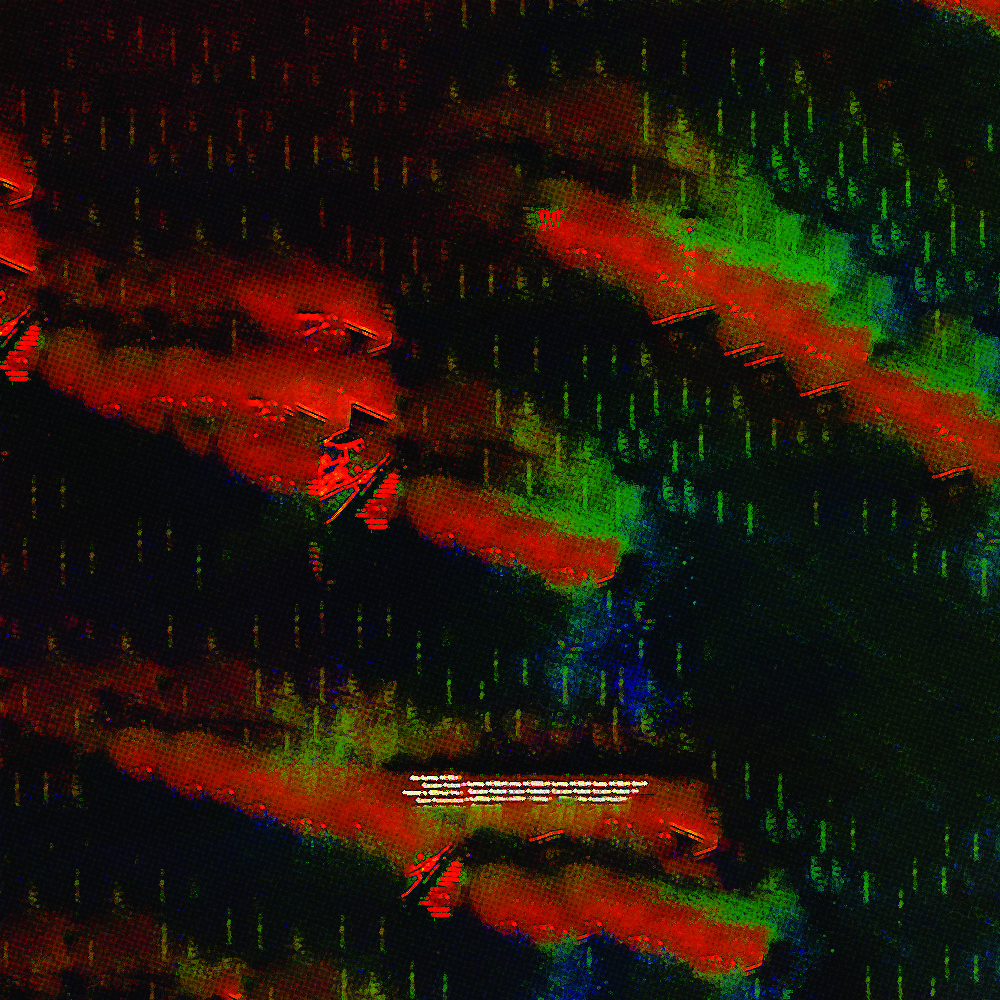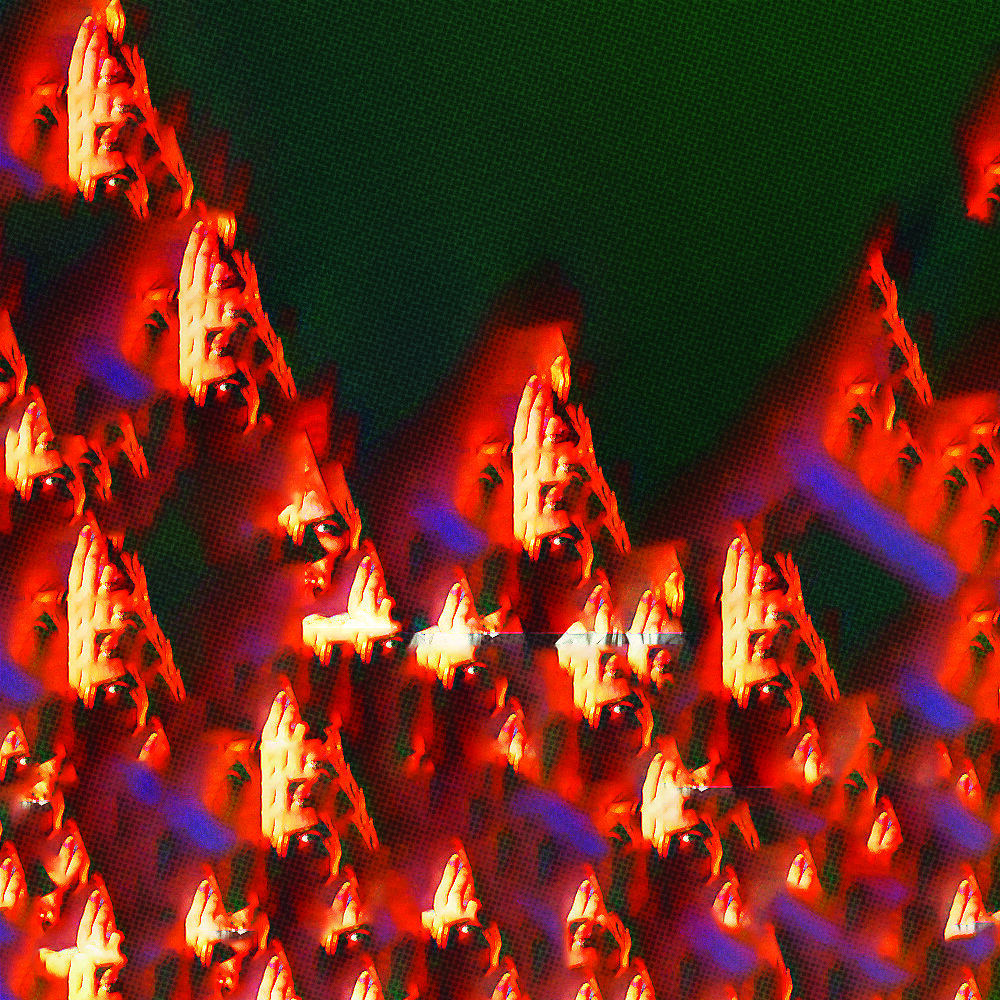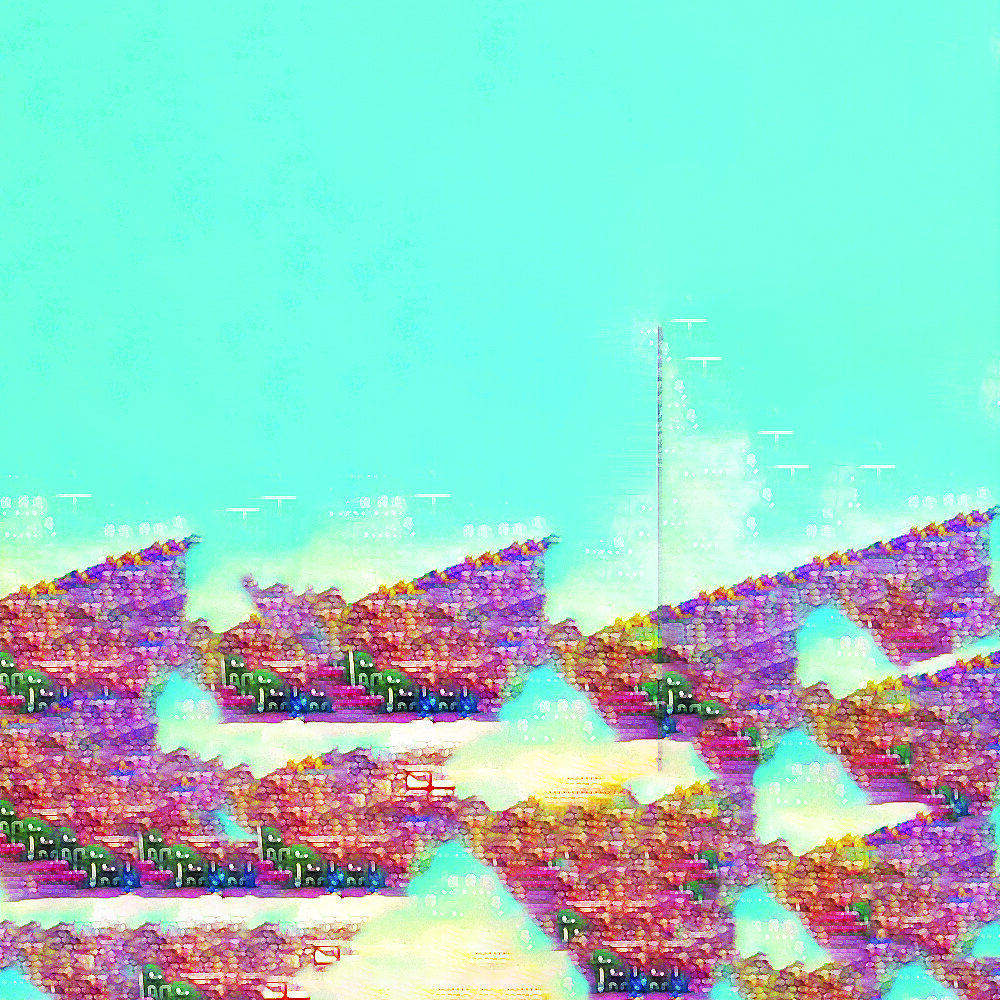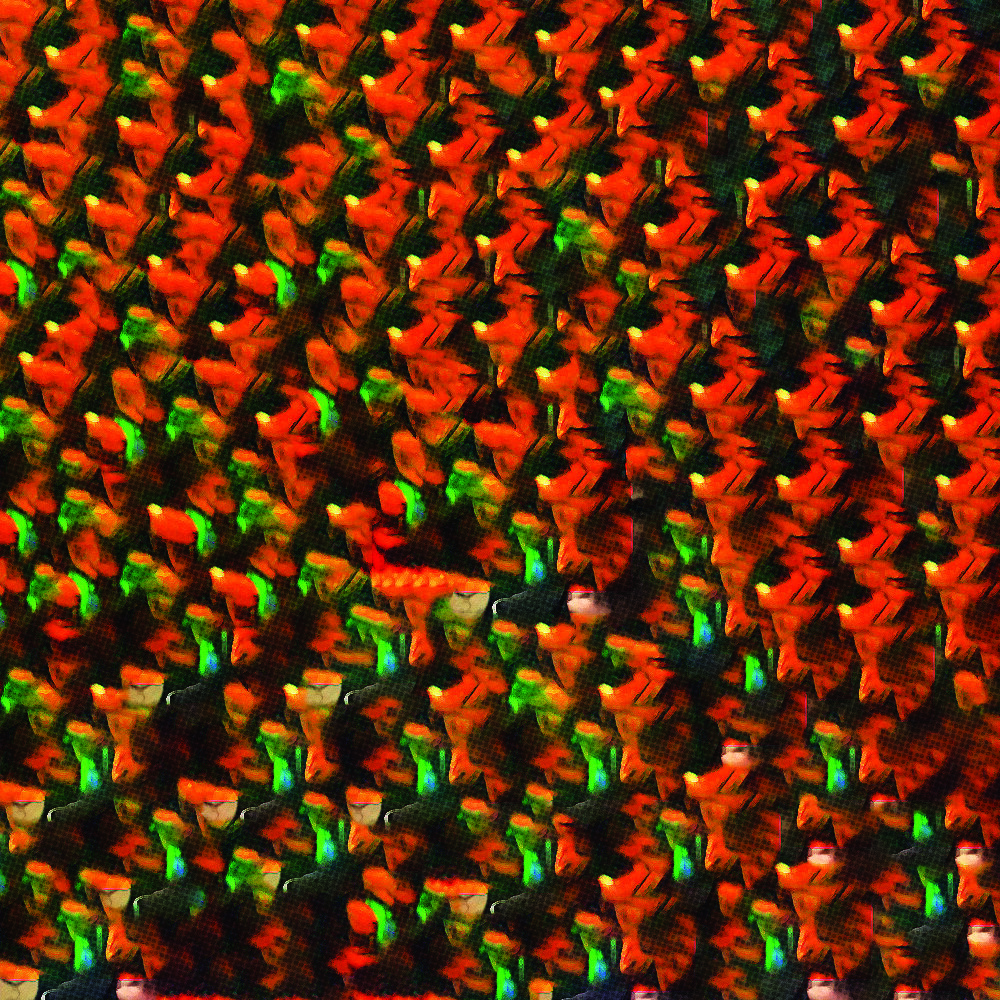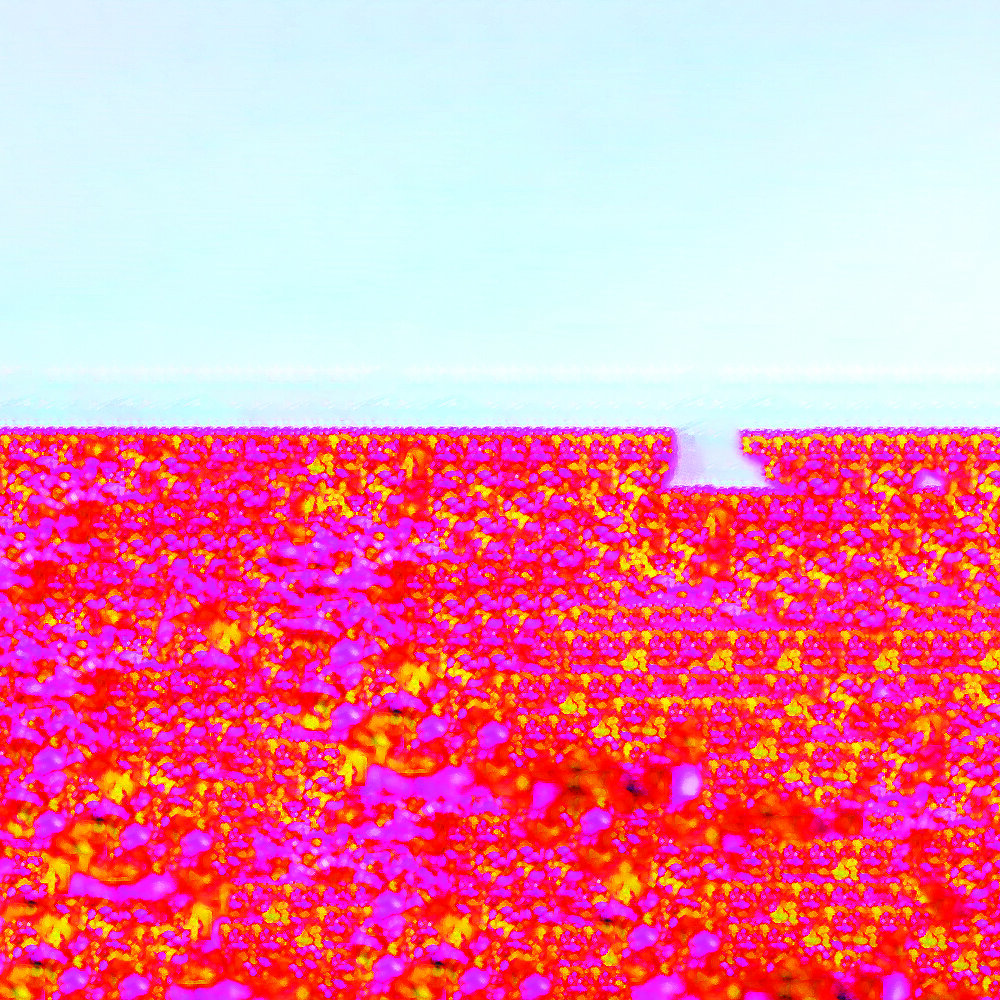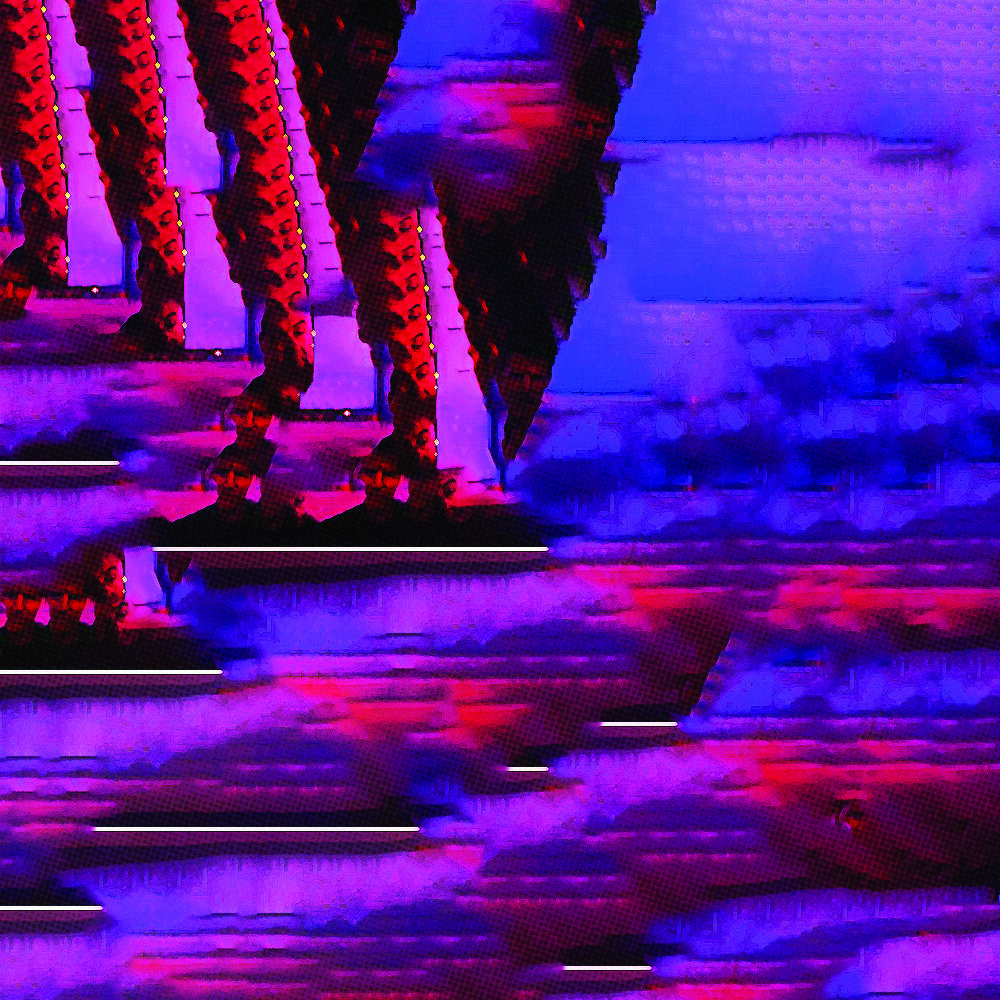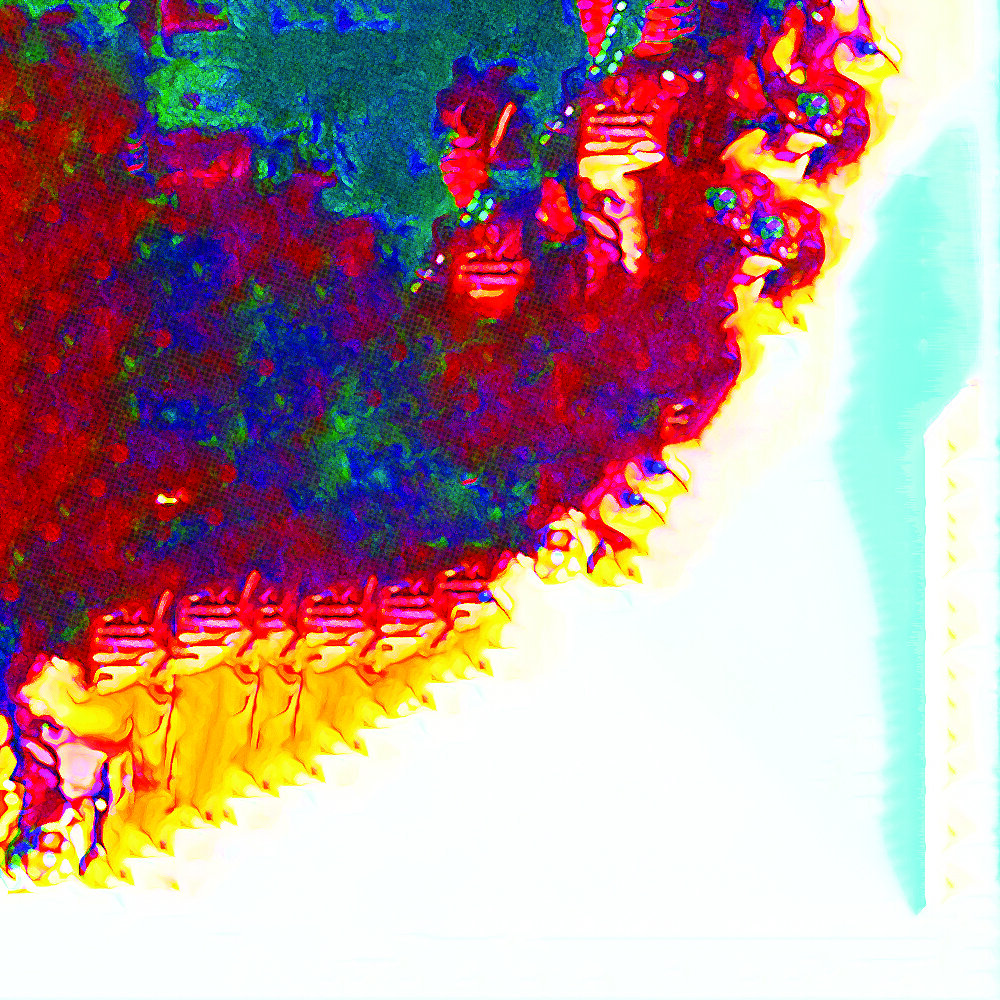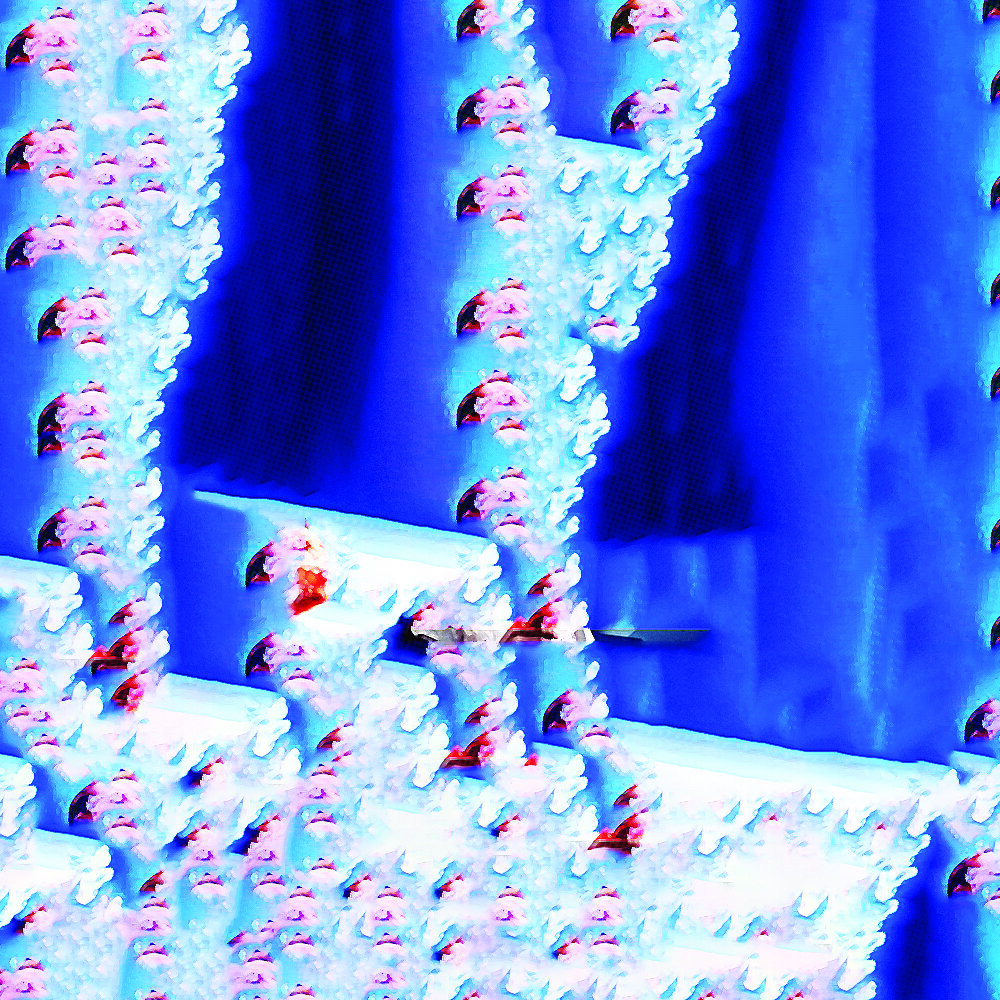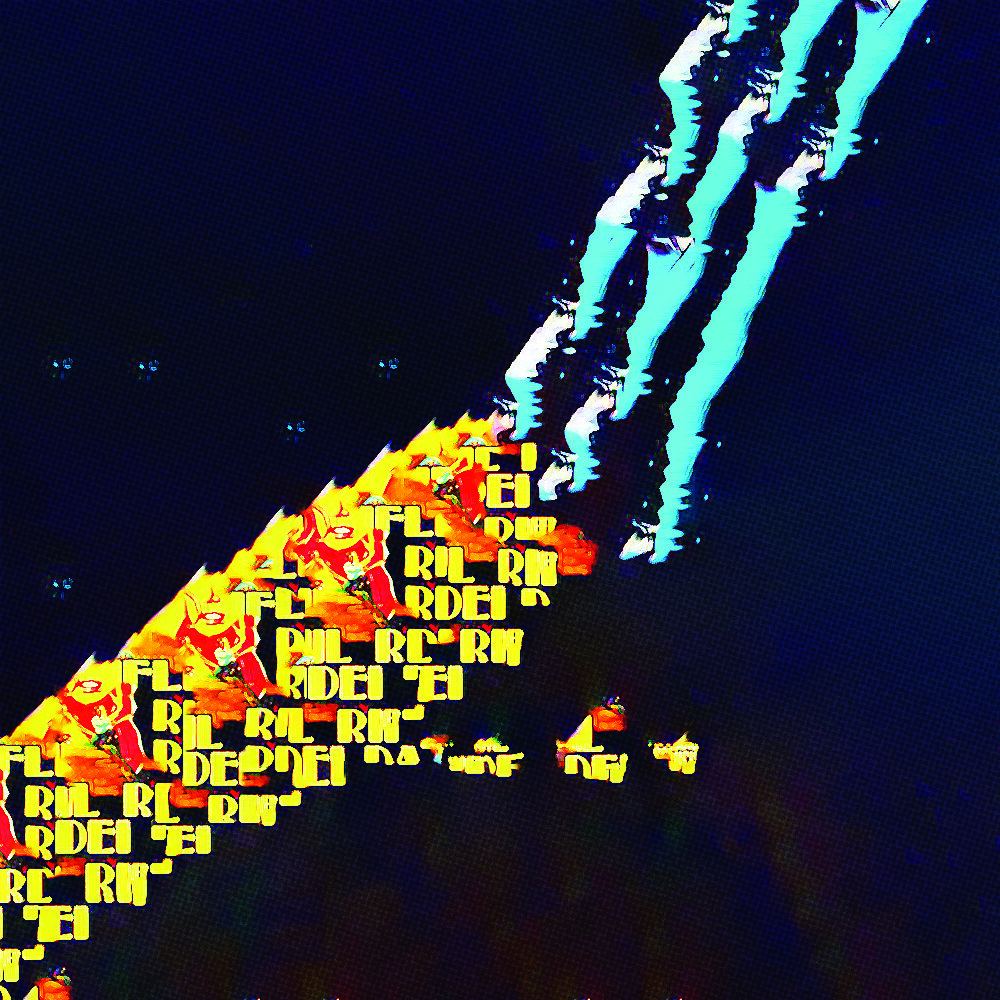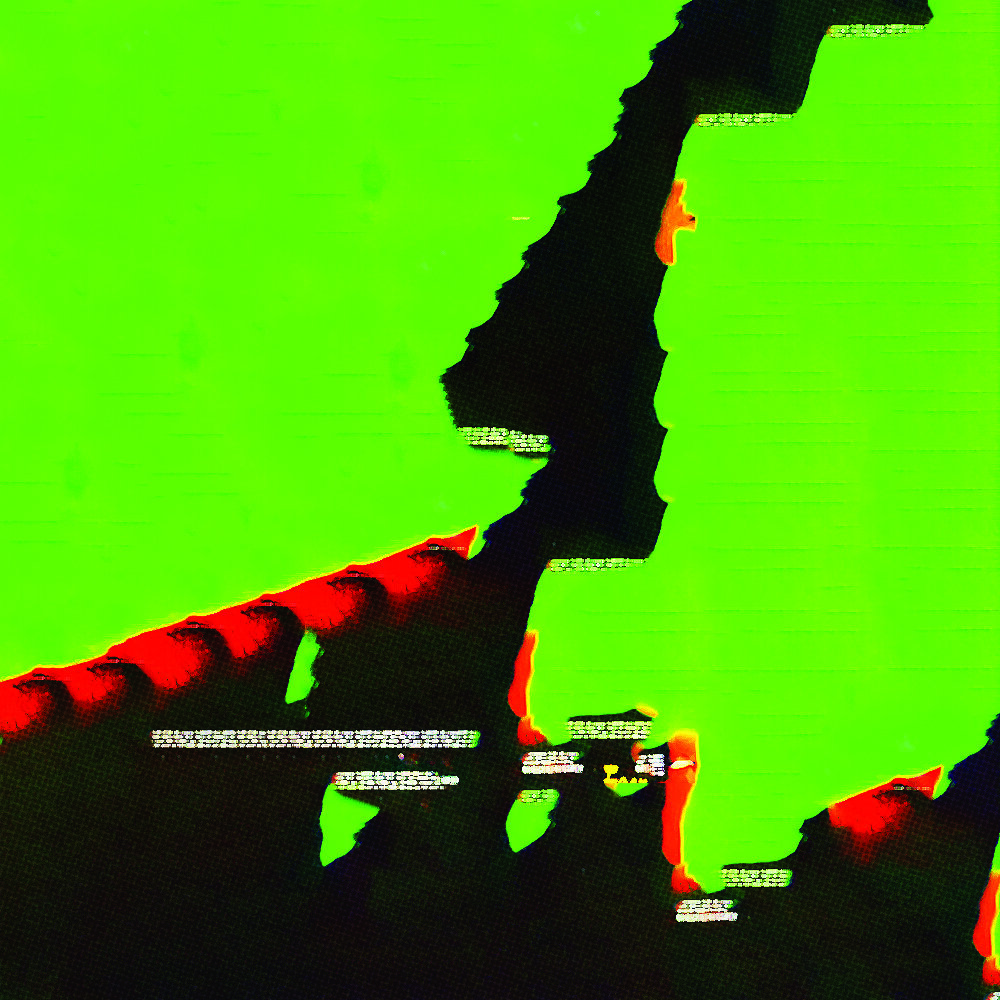AUTOMATED
Automated is a digital art exhibition exploring the notion of Automation.
Defined as 'To operate machines or computers that reduce the workload traditionally taken by a human to produce.' Automation can be seen in effect on different levels, as anything made on a computer is defined as automated art, but different technologies, software or tools can vary the workload massively.
Our intention is to present a showreel of new media artists, focusing on digital rather than analogue, featuring artists that use data as their material.
This exhibition will display works of art from the latest mediums of technology, enveloping different digital cultures ranging from gif. art, glitch art, graphic art and generative art - to name a few.
There is a growing world of 'digital art' and it expands past Hockney and his iPad.
Curated by Samuel Morgan, submission is now closed automated@fringeartsbath.co.uk
Curatorial Notes: If videos or artwork don’t work, use hyperlinks in the artwork titles.
the message has already ceased to exist
mp4
2017
Sophia Moffa
sophia moffa (Rome) Birmingham, UK
Moffa’s work is interested in the interactions that occur between the self, society and the environment. Her practice is concentrated on the negotiations that are necessary in today’s society to survive/live and the interaction between ourselves and the system.
Moffa’s work has a minimal and slightly dystopic aesthetic, this spurs from her questioning of the oversaturated environment that we live in, which clouds and persistently feeds the mind. She works experimentally and intuitively within her practice and uses experiences from her life to feed her practice. She also uses a physical sketch book by performing happenings within the city, using the unexpecting audiences as a critical mass.
Moffa also co-founded experimental gallery Tape Modern and works collaboratively with artist across different countries, primarily in the artist dyad, enne&moffa. Her collaborations are performance-based and focus on the artists mutual interests on the human condition and society-leftovers. Branching in particular from commenting on contemporary issues which are re-evaluated on a wider spectrum in order to extract more human related questions that the issues relate to. Moffa has exhibited within Asia, Africa, Middle East and Europe. Her latest shows include London Ultra (UK), Shilpokala, Dhaka National Gallery (Bangladesh); Food to the Dogs, Tape Modern, Manchester (UK); and Brashnar, Skopje (Macedonia).
@sophiamoffa #sophiamoffa
Samuel Morgan
AUTOMATED
New Media
2019
Sam Morgan-Tyghe
Samuel Morgan-Tyghe has Fully automated every aspect of an artist role, Using automated techniques the computer generates artwork at a speed of 1 per minute that is then analysed by google vision Api to create a metadata of computer interpreting computer art. The artwork is then uploaded to Automated-Art.co.uk and distributed as downloadable pieces using wordpress plugins, as each piece is published it is correspondingly shared on social media sites , titled for SEO optimisation.
Automated-art.co.uk
Michael Berto
The Geography
Unity Game Engine, Blender, Logic Pro X
2020
Michael Berto, Titouan Millet, t e l e p a t h
"The Geography" is an endless, non-linear, procedural, ai-algorithm driven composition, visually paired with virtual mountains rendered from real-world geographic data. Once instantiated, the piece will play forever, automated, until it is turned off, constantly creating new soundscapes, paired with generated geographies. The Geography is powered by a piece of code that effectively takes the human out of the role of 'music producer' or 'conductor' and will supply an endless stream of ambient music to the viewer or listener, as well as paint endless constantly shifting landscapes with digital light. Streaming online via Twitch, The Geography will generate an unbroken continuum of ever-changing and evolving music, paired with virtual landscapes, constantly shifting and morphing into new combinations and configurations.
Out of stream hours Video
Download VR Version of The Geography-requires Windows
For those with VR headsets and a Windows Computer, you can experience a unique version of The Geography as a meditative exploration of the geographical data of Svallbard, Norway, and enjoy the endless, ever-evolving landscapes of sound and light in Virtual Reality .The optional virtual reality experience associated with this piece is an experimental, demo-piece of art software, and intended to be experienced by those with open minds and curiosity. Some familiarity with in-progress, pre-release software will be beneficial.
Oddvar Valley in Spring after rain
Unity Game Engine, Blender, Logic Pro X
2020
Michael Berto
"Oddvar Valley in Spring after rain" is a short film about a non-place made real. 'Oddvar Valley in Spring after rain' is a natural world simulacra. It is a peaceful, subtle, nature simulation set in a fictional valley, where cameras change to different locations periodically, and bird song, weather and wind can be heard, with the system underneath it all constantly weaving new natural ambiences. It is a replication of an essence of nature with the intent to calm via engagement with. A window into a virtual, idyllic wildflower field, with it's flora, wind, light and terrain all generated by a computer. The footage of the valley itself suffers from video compression, due to all the various tiny changes in the location of the pixels as the wind moves the virtual plants. Purposefully left as-is. A notion speaking to the beauty of simulated nature, that the further we get from the real thing, the less is retained about the origin source of observation, and inspiration. As a video recording of a simulated virtual field, things start to break down, and we see more of the substrate than we do the microbe. A dilution of nature is inherent with attempting to capture it's essence in an artificial way, in a constructed way.
Paired with the film is an optional Virtual Reality experience, titled "Oddvar Valley: Boulder Circle" which brings the viewer into the valley itself. Personal nature recordings have been used to fill the valley with aural memories; personal field recordings made by the artist. Alternatively, the experience can be intentionally paired with the audio of "Come Back to Sorrento" by Master Radio Canaries, a royalty free collection of compositions from 1950 where canaries sing along to the music. In a similar way, an act of nature simulacra crafting, harnessing technology, and creating something that is both embracing and alienating of the nature of the natural world and the intersection of technology.
Michael Berto is an artist, writer and composer working in games. In 2017 he founded The Zium Museum, an online, digital art gallery. In his spare time, exploring the edges of the medium, in passive play, and experimental narrative.
DOWNLOAD VR VERSION of Oddvar Valley in Spring after rain- requires windows
The optional virtual reality experience associated with this piece is an experimental, demo-piece of art software, and intended to be experienced by those with open minds and curiosity. Some familiarity with in-progress, pre-release software will be beneficial.
Lighthouse
Simulator
2017
Michael Berto
Thicket
Simulator
2017
Michael Berto
Windfarm
Simulator
2017
Michael Berto
Emily Joy Zeller
Wig, Mask, Mud Turtle, Cabbage Butterfly, Groom, Coil, Umbrella, Castle, Rapeseed
Video Animation / Ganbreeder, GANtools, After Effects
2019
Emily Joy Zeller
Necklace, Lacewing, Timber Wolf, Hoopskirt, Breastplate, Harp, Orange, Cardoon, Triumphal Arch
Video Animation / Ganbreeder, GANtools, After Effects
2019
Emily Joy Zeller
French Horn, Ocarina, Cicada, Monarch, Cabbage Butterfly, Jellyfish, Switch, Comic Book
Video Animation / Ganbreeder, GANtools, After Effects
2019
Emily Joy Zeller
Conch, Saltshaker, Muzzle, Nipple, Jellyfish, Band-Aid, Quilt, Bathtub, Yellow Lady’s Slipper
Video Animation / Ganbreeder, GANtools, After Effects
2019
Emily Joy Zeller
In Permutations, I explore and exploit the ability of Generative Adversarial Networks (GANs) to become something of a virtual scientist. Photographic representations of objects are melded together to form an image that doesn’t exist, but looks like it could in a near-future environment. Aspects within the image may be familiar, but it’s still inherently alien to what we interpret as a “real” space or object. I view the work as a collaboration between human and machine - I control these ratios, editing the “genes” of my pieces, and then allow the GANs to generate what it believes is the resultant image. Together we are determining what of the physical world can be joined, and how those hybrids might appear based on what it’s learned. Through this, I play with the idea of what makes photographic representations feel authentic, mixing the real and the fantastic. Due to the small pixel dimensions of the training data (512x512), images may appear photographic from a distance, but painterly up close. Turning stills into animations lends credibility, as watching the creatures dance around the screen brings them to life in a way that feels like we could be viewing an organism as it evolves and mutates. The videos are intended to be viewed small in frames, like specimens on display, or - installed under water, in dark containers, projected into trees - in areas these creatures might dwell. They can also be viewed large, though the intent then shifts - embracing the artifacting and artifice of the process, they become glitchy renderings of pseudo-creatures.
Holland Hopson
A Work of Art for Every Entry in Index—Subjects—Library of Congress
generative computer images
2019
Holland Hopson
An algorithm generates an endless stream of possible art objects and displays the description as a notecard on an LCD screen. The subject and depictions of each virtual work come from the United States Library of Congress Subjects Index. Since the work is generated in real-time by combining phrases from databases, the descriptions are always new, unpredictable and not likely to repeat.
Liz Wilson
The Rhythm Machine
Moving Image
2017
Liz Wilson
Working across the boundaries of print, moving image, sound and sculpture, my practice explores the stretch of time between the industrial and post-industrial; In particular the beginning of automation and how this is altering our relationships with technology. Using site visits as a catalyst to research, write and produce works I am fascinated by the human-machine relationship of both ‘conductor’ and ‘orchestra’ and how these performative roles manifest themselves during the process of manufacturing.
'The Rhythm Machine' is an orchestra of modulated voices, factory transformations and animations exploring the stretch of time between the industrial and post-industrial. Utilising animation as a way of simulating the rhythm and tempo of the machine, the work takes on the aesthetic of early computer graphics, which is played in relationship to footage from a Victorian Ropery. Further employing the use of mechanisation within the work, modulated voices simulate the individualised rhythmical energy of each apparatus. These disembodied parts become orchestral when playing simultaneously, participating at various tempos and pitches. These pulsations of movement generated by both human and automata recapitulate and evolve, acting as reverberations - conversations between the old and new and possibility of evolution.
@_liz_wilson_
Rachel Yurkovich
Wendy Park (2)
Video
2019
Rachel Yurkovich
For this series Foreign Bodies I have been recording a number of looped video clips, inspired by the format of short videos we put on social media, live photos, and gifs. They are meant to be looped individually, and displayed in a room all playing at once. For this I have been collecting occurrences where nature and the man-made interrupt each other; not staying where they’re “supposed to be”. I am focusing on things that we tend to look over or in passing such as roadkill on highways, or plastic bags caught in trees.
https://www.youtube.com/user/rachelyurkovich
Plastic Dave's bag getting pushed around in Lake Erie at Wendy Park's dock.
Filmed 07.20.2019 in Cleveland, Ohio. Looped video, 2:05 min.
joseph_wilk
Shape Of Code
Digital Art
2019
joseph_wilk
Turn code into a mesh, then tessellated and coloured. Hue, saturation and brightness reflect how much code falls into a triangle and the triangles area. Previous triangles colour have some impact on future triangles colour.
Repl Electric - The Stars
Live coded in Overtone and Shadertone using Clojure.
2014
joseph_wilk
I’m a London born artist working with programming code, realtime media & audio. Through live coding in front of an audience I’ve worked in other performance fields such as dance, theatre, music & cinematography. My experience of disability strongly impacts my practice. Living with pain, physical limitations, disillusionment and disconnection from society affect my thought process and how I create, using my disability and its limitations as part of my process. I see sound visually and work with this to create narrative driven explorations of glitchy ambient electronic soundscapes, full of tensions between control and chaos, denatured organic samples, playful layers of meaning, influences of early video games and cinematic scores. Performance is a key part of my practice as it fulfils a need to be seen physically and creatively, but in a form I control.
I’m interested in programming as a performance art and the misuse, deconstruction, repurposing and breaking of software to challenge ownership, narrative and visibility. Programming as a means of facilitating and augmenting human communication rather than replacing it. Facilitating new forms of expression that put humans at the centre of control.
The programming code I create is often visually present in my work and I publish my source-code. The self-expression and power it gives is too important to me physically and emotionally to remain hidden. Through sharing I am part of a community of artists growing together and opening the world of programming.
Digital Art
2018
joseph_wilk
Demoing animations I wrote in Emacs for my performances as Repl Electric
Viewing Sound data as ASCII animations in Emacs
Digital Art
2018
joseph_wilk
Using the Sound Engine SuperCollider I'm sending messages to Emacs which contain the frequency. This is then rendering in a scrolling Ascii graph.
Martin Calvino
Tuve quemando la traición (Spanish) - I had burning treason (English)
JavaScript - Processing - Max/MSP/Jitter - Adobe Illustrator, PhotoShop, Premiere, Audition - Ableton Live - Ableton PUSH 2
2019
Martin Calvino
In this artwork the author re-appropriated his previously created and released short film named "Ocho Cortado: Altered Realities of a Tango Dream' as raw material for video art creation and; at the same time as accompaniment to an electroTango sound composition of his own craft. The video art piece combines elements from traditional tango danced in non-traditional settings; traditional tango music re-mixed into non-traditional electronic music; and the use of Japanese characters from an adaptation of the 'matrix rain’. A fourth visual element completes the piece, and relates to abstract paintings as means to provide the piece with 'texture' and 'spontaneity' with sudden changes of colors. The sound composition was created by re-mixing traditional tangos with de novo electronic sounds developed by the author. The lyrics were read in the author's own voice and were composed using machine learning by training a Recurrent Neural Networks algorithm with a corpus text containing more than 5 thousand traditional tango lyrics. In this manner, the sound composition coalesces into a single work containing elements from the past (tango), the present (electronic music), and possibly the future (artificial intelligence).
Clemence Debaig
More Than My Name - Mee & The Band (Music Video)
openFrameworks, computer vision, real-time
Video released in October 2019
Clemence Debaig in collaboration with Mee & The Band
More Than My Name is a music video realised in collaboration with Mee & The Band.
The song explores the notions of identity and diversity, especially how modern technology defines us and our identification. However we existed as an identity when we are first born, before we are named, and when our bodies die we somehow still exist having lived, we leave an imprint. This video reveals the us that is unseen, a spiritual take on mental health and proof of our existence.
The video uses computer vision algorithms to generate effects based on the movements of the dancers and the tracking of their faces. It uses a custom programme made in openFrameworks (C++) to create the effects in real-time, there is no post-production. Only the final edit has been made in Adobe Premiere Pro.
http://www.clemencedebaig.com/art-dance#/more-than-my-name-music-video-creative-coding-choreography/
Join me Inside
Kinect, openFrameworks, projection mapping, paper
2019
Clemence Debaig
Join Me Inside is an invitation to explore our relationship with our own body, especially filtered through digital technology. It looks at how it can turn into an obsession. It transforms our body into a kaleidoscopic and hypnotic experience, turning it into an obsession. It also encourages us to be playful and embrace our body movements. While observing the beauty of its shapes, it offers a way to abstract ourselves from its materially and help us reconnect with it.
When left alone, Join Me Inside is a projection mapping piece, showing a series of generative visuals. When visitors approach, their own silhouette becomes the graphical shape projected onto the surfaces, creating a kaleidoscopic effect and inviting people to create new visual shapes with their own bodies.
http://www.clemencedebaig.com/art-dance#/join-me-inside-interactive-installation/
O'Clock
Processing, Android app, Tablet
December 2019
Clemence Debaig
O’Clock is an abstract clock, creating a living artwork. It offers a different perception of the time by looking at how busy and frantic the screen is instead of a numerical display. Each line represents the hours. Each wave and its amplitude depend on the number of minutes.
The end product takes the form of a tablet, embedding this living artwork into an object that can be placed in the house or an exhibition space. It can also run on a larger screen.
http://www.clemencedebaig.com/art-dance#/oclock-abstract-clock/
Clemence Debaig is a designer, dancer and computational artist, based in London. She explores how interactivity can generate movement and how digital technology can enable audience participation during performances.
Her work is situated at the intersection of dance and technology. She creates work for galleries, the stage, and more unconventional sites, in the form of interactive installations, audio-visual experiences and performances. Her background in engineering and interaction design, combined with her experience as a performer and choreographer gives her a unique perspective when working with dance and technology.
Her recent work focuses on exploring notions of control, harassment and apathy, questioning how human behaviours are changed when using technology as a proxy to interact with each other. In light of the recent events, she wants to push her research and explore how control can be transformed into collaboration and lead to a series of kind actions.
http://www.clemencedebaig.com/
https://www.instagram.com/demzou_art/
Ryan Lewis
Everted Sanctuaries VI
single channel video
2018
Ryan Lewis
Eversion is a biological term for the ability of an organism to turn itself inside out. For example, a sea cucumber can eject its internal organs to distract attacking predators. The sea cucumber sacrifices some vital functions for ultimate survival. Similarly, many introverts have become adept at temporarily everting their personalities to function in extroverted contexts. This prepared performance is simultaneously action and reaction, assertion and retreat. However convincing this transformation, it can be physically, emotionally, and mentally taxing on the individual. Cultural, educational, and professional environments do not often provide introverts the intervals of sanctuary necessary to revitalize themselves.
Everted Sanctuaries communicate about the complex needs of introverts. Transformed objects become metaphors for the often uncomfortable process of becoming temporarily extroverted. Ubiquitous exteriors part to reveal intricate interiors—beautiful, but unintended consequences of the contortions necessary to fit in. Everted Sanctuaries explore the boundaries between speaking out and blending in. The act of expressing oneself can be exhilarating, empowering and freeing but also, frightening, exhausting, and isolating. Everted Sanctuaries establish the importance of sanctuary for introverts and asks viewers to consider the depth and vulnerability concealed beneath silent surfaces.
In Everted Sanctuaries VI found words are repurposed as visual data. Words are methodically processed, contemplated, considered, and released. The traditionally print-oriented digital typsetting systems of Adobe InDesign are repurposed to create digital frame-by-frame animation. This footage is then combined with manual frame-by-frame animations to create a seamless fusion of manual and digital.
Anne-Marie Atkinson
Sister/Resist
Slime mould, glass petri dishes, oats, time lapse photography
2018
Anne-Marie Atkinson
Slime mould, a single celled organism with multiple nuclei, exhibits strange behaviour that questions traditional notions of intelligence and the individual/collective binary. Appearing to learn, makes decisions, and respond to it’s environment, slime mould has been used to plan urban transport routes, and computer scientists are using it to develop biological processing elemets as a future alternative to silicone chips. As an example of brainless intelligence, it manoeuvres between the one and the many, sameness and difference, determinacy and doubt.
Choreographing slime mould, I have introduced the word 'sister' - which also reads as 'resist' - playing with the multiplicity and contradictions of the organism's readings and the notion of collaboration and supression. The slime mould navigated my installation over several days, captured on timelapse photography.
Regarding this 'Digital Art/Automation' opportunity, slime mould introduces the idea of complex and changing notions around computing and technology, particularly in relation to the environment and climate catastrophe. It demonstrates that processing, intelligence and complex problem solving can be sourced from the biological world, as well as in ever-advancing man-made technologies.
April Lin
< Digital Traces >
Moving image
2019
April Lin
Death is something that all beings experience, perhaps the one universal thing that unites all living things: across species, structures, and space. And yet, there remains a public hesitancy to engage with it, an implicit framing of death as something to approach as a tragedy, only ever accepted as the inevitable consequence of old age. At the same time, we are surrounded by death, especially as news of violence, illness, and conflict spreads within the digitalised and globalised world with increasing immediacy. Social media is a central pillar in the infrastructure of the online universe, and is equally pertinent in shaping the way we interact with death, including but not limited to the way we mourn, the way we understand the relationship between life and death, and the way we remember someone who has died. This can take many forms, from committing suicide on livestream platforms to viral homages following a celebrity’s passing. The ever-relevant question of death has thus entered into a new realm of understanding, a realm that is normal for younger generations of people whose formative years are entwined with the way that digital platforms encourage or restrict experimentation, mutual support, and personal expression. This normality means that death is entering a new paradigm of being felt, of being experienced, of being meaningful — and it is this paradigm that the film seeks to understand.
Join me as I delve into the intimate intertwinings of technology with death, gently investigating its past(s), present(s), and future(s).
April Lin 林森 (b. 1996, Stockholm — they/them) is an artist-filmmaker and videographer investigating the pluralities of truths as constructed, contained, and disseminated via image-making. Merging experimental techniques with a commitment to centring marginalised knowledges, they approach the moving image as a tool — to remember forgotten pasts, honour erased presents, and imagine new futures. Their films have been shown at The Victoria & Albert Museum, Echo Park Film Centre, and The Royal Art Institute in Sweden.
Louise Harris
Alocas
algorithmic audiovisual installation work, audio realised using Max, visuals using processing.
2017
Louise Harris
Alocas is one of a series of works for Expanded Audiovisual Format (EAF); an ongoing exploration involving pieces that are concerned, in both composition and exhibition, with moving away from a single-screen, two-speaker format.
The work is intended to be exhibited in a small, very dark space, creating an immersive environment in which the audioviewer is completely enveloped by both the sonic and visual structures formed in the work. The pitched material in the work is generated algorithmically, then subsequently sculpted and intervened with using both chance and rules-based procedures.
The intention, within the confined exhibition space, is that the work both look and sound entirely different dependent on whereabouts in the space one is situated, and indeed that it look and sound different depending on the acoustics and configuration of the space itself. The audio and video should be very large in comparison to the audience, allowing audioviewers to engage with the sonic and visual structure and audiovisual variations in minute detail.
Louise Harris is an electronic and audiovisual composer, and a Lecturer in Sonic and Audiovisual Practices at The University of Glasgow. She specialises in the creation and exploration of audiovisual relationships utilising electronic music, recorded sound and computer-generated visual environments. Louise’s work encompasses fixed media, live performance and large-scale installation pieces, with a recent research strand specifically addressing Expanded Audiovisual Formats (EAF). Her work has been performed and exhibited nationally and internationally, and recent commissions include 30-minute radio art works for Stazione di Topolo and RadioArts. Louise was awarded the World Prize at the Electroacoustic Competition Musica Viva (2011) and in 2016, her piece pletten was awarded first prize at the 2016 Fresh Minds Festival. In 2017, her solo exhibition, Auroculis, opened the Alchemy Film and Arts Hub in Hawick, UK and in 2018 she was commissioned by Cryptic and The Lighthouse to create Visaurihelix, a site-specific, interactive audiovisual installation for the Mackintosh Tower as part of the Mackintosh 150 celebrations.
There’s about to be a book chapter about this work and another of mine in this volume, being released on 22nd June, in case it’s useful: https://www.routledge.com/Sound-and-Image-Aesthetics-and-Practices/Knight-Hill/p/book/9780367271466
Dave Webb
I am sure I will feel
Created with code in p5.js
2020
I try to code most days something new, or an iteration on a previous theme.
This was created on the 23rd march, the day before the UK adopted full lockdown. I had no ideas, no motivation; the tank was empty. In some ways the lockdown was a relief from the inevitability of it. This piece was created out of the frustration and shared on instagram as a punctuation mark, rather than true creative expression.
instagram @crispysmokedweb
Ink Journey Radial
Created with code in p5.js
2019
Most of my work is generative, that is, there are rules, seeded and moderated by chance, so although I am the author of the rules, I do not control the process, or the outcome. I tweak and curate, select and prune.
This piece is one of many that play with forces. the direction, thickness and velocity of the continuous stroke traces the path of a particle being acted upon by forces that ebb and flow according to unseen, uncontrolled variations.
instagram @crispysmokedweb
If only I had thought
2019
Dave Webb
A transient thought that might go unexpressed, in this case, a moment of regret captured, but rapidly losing its meaning as it is disturbed by a breeze (actually mouse movements). It is fleeting and vulnerable, soon to be replaced by another thought. There are many tricks for creating an illusion of three dimensions and of motion in the flat digital frame. Scaling and shearing transforms are used on the letter shapes, and simulated forces apply to each delicate pendulum.
instagram @crispysmokedweb
Caro Williams
Waterfall Sonata
Video
2020
Caro Williams
Caro Williams is a London-based installation and mixed media artist who works with symbols, sound, language, and place. Waterfall Sonata is a Film montage using footage taken in Iceland. The artwork seeks to visually tune into nature’s voice.
